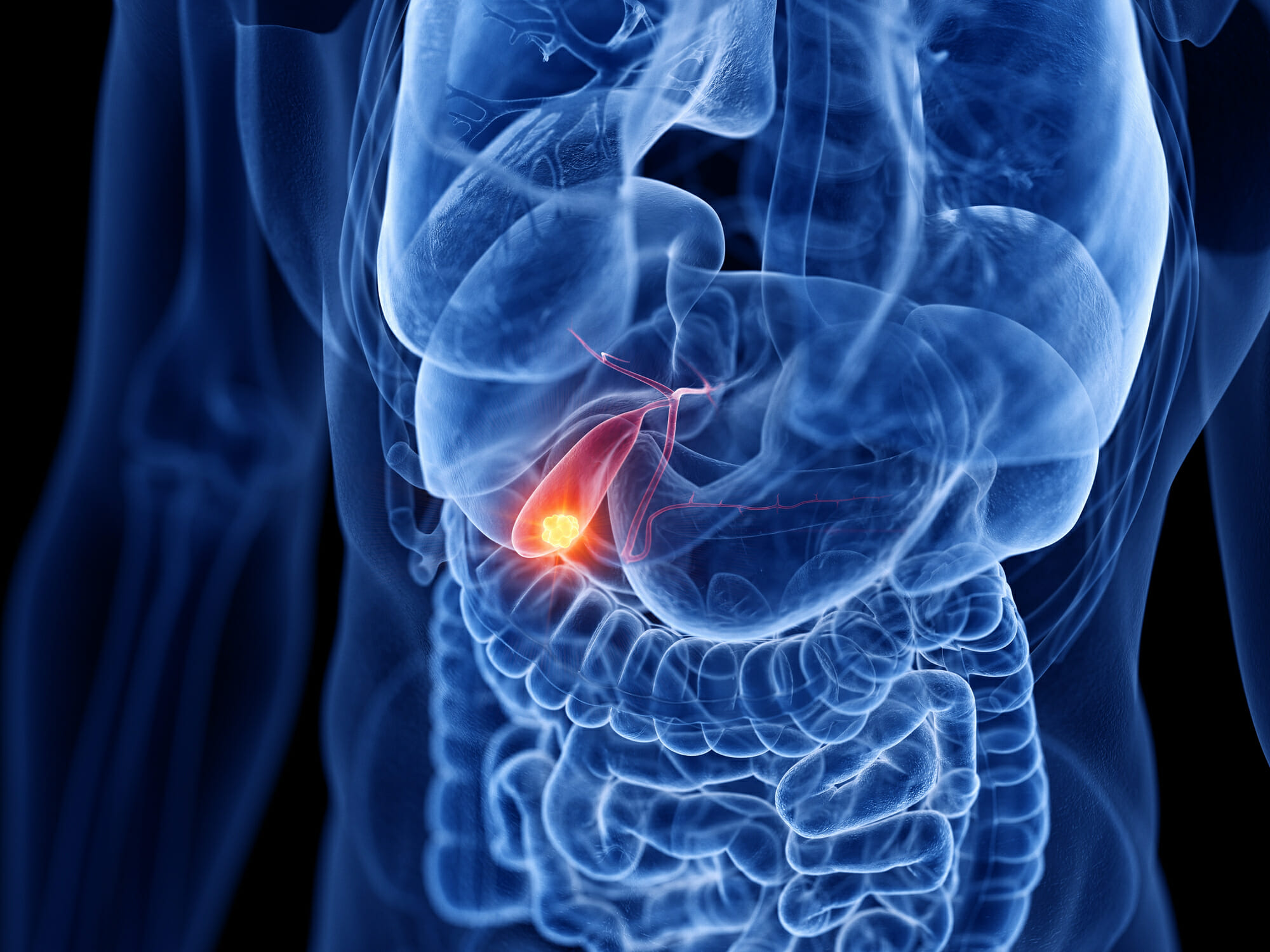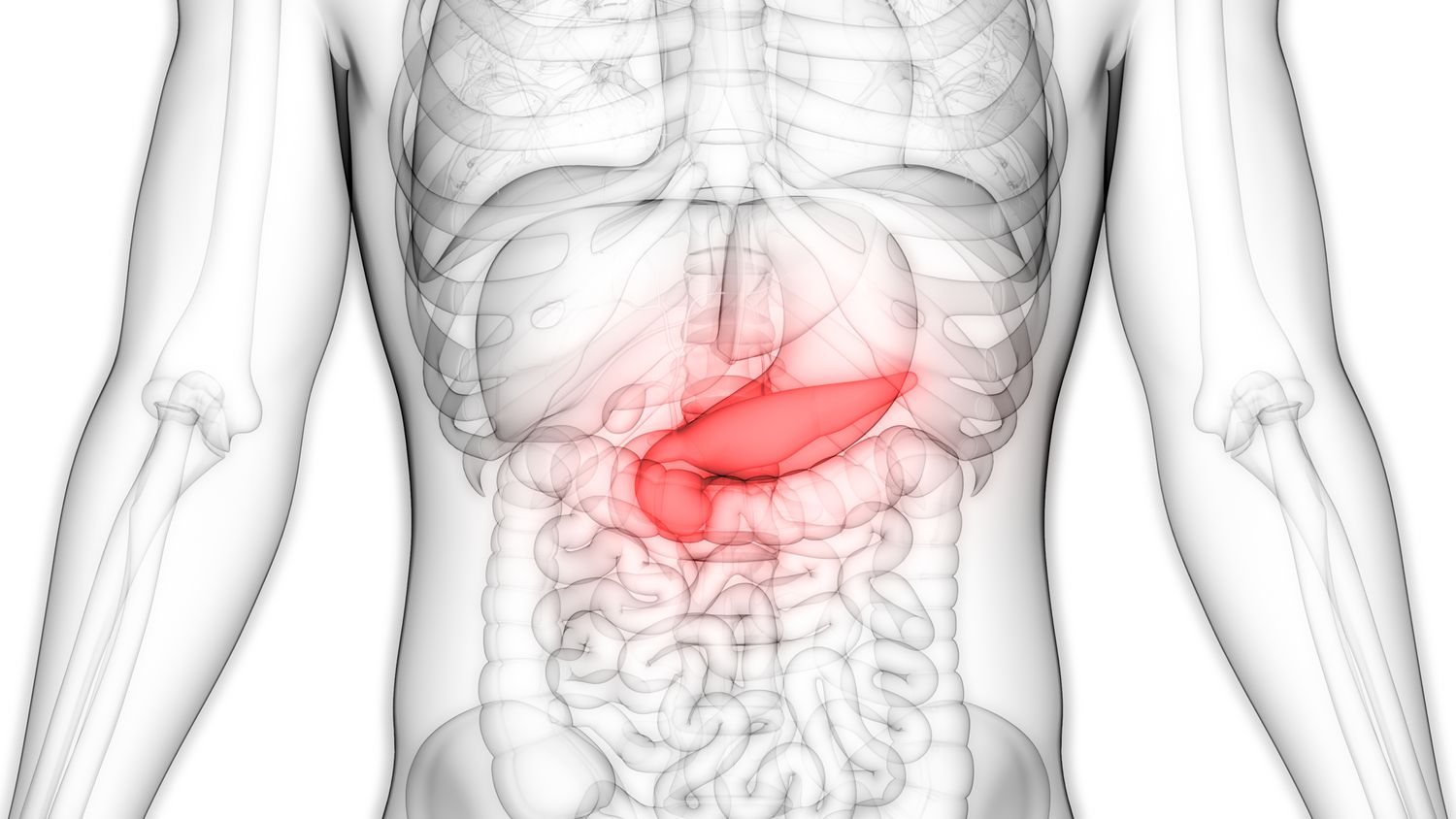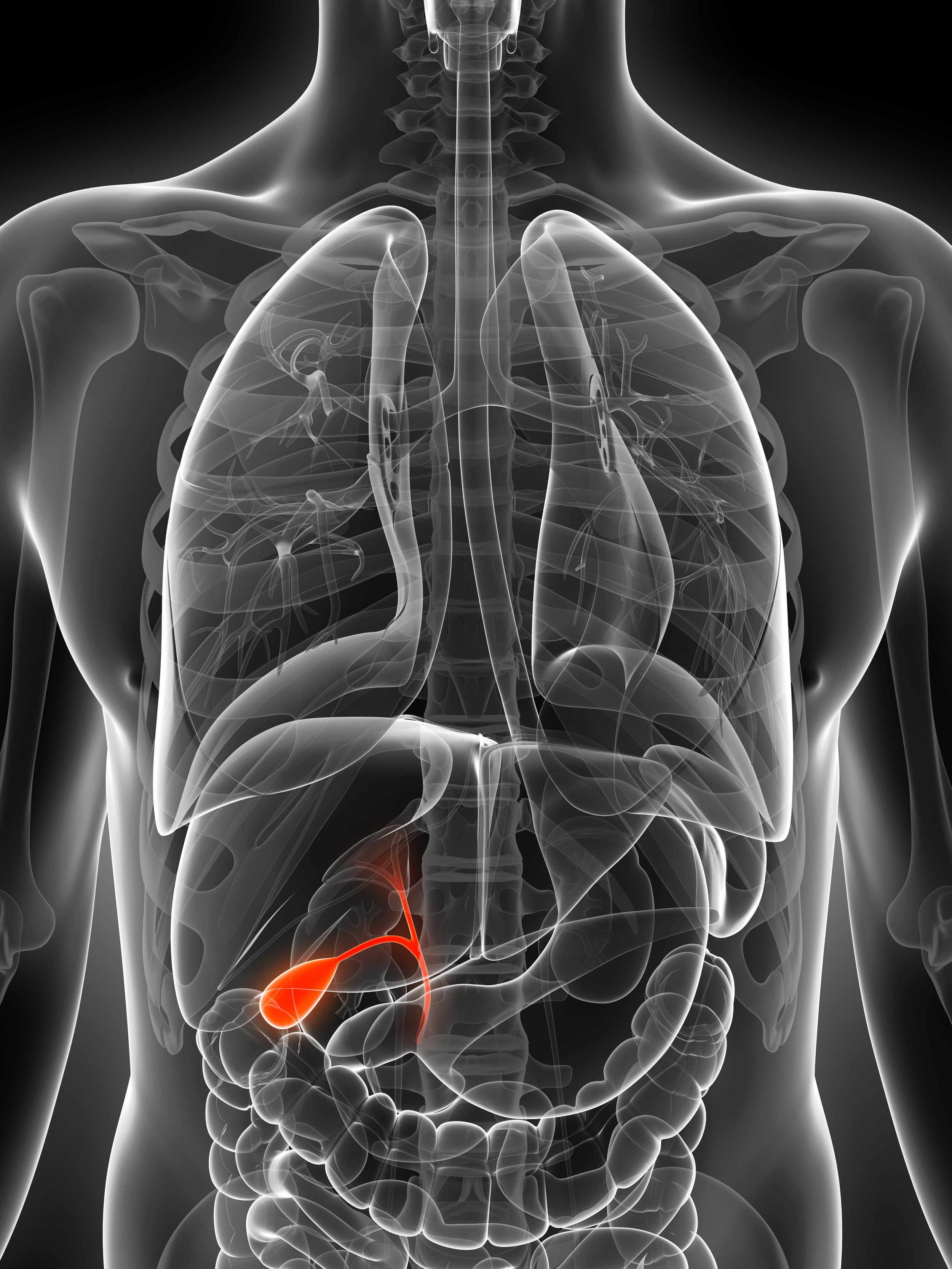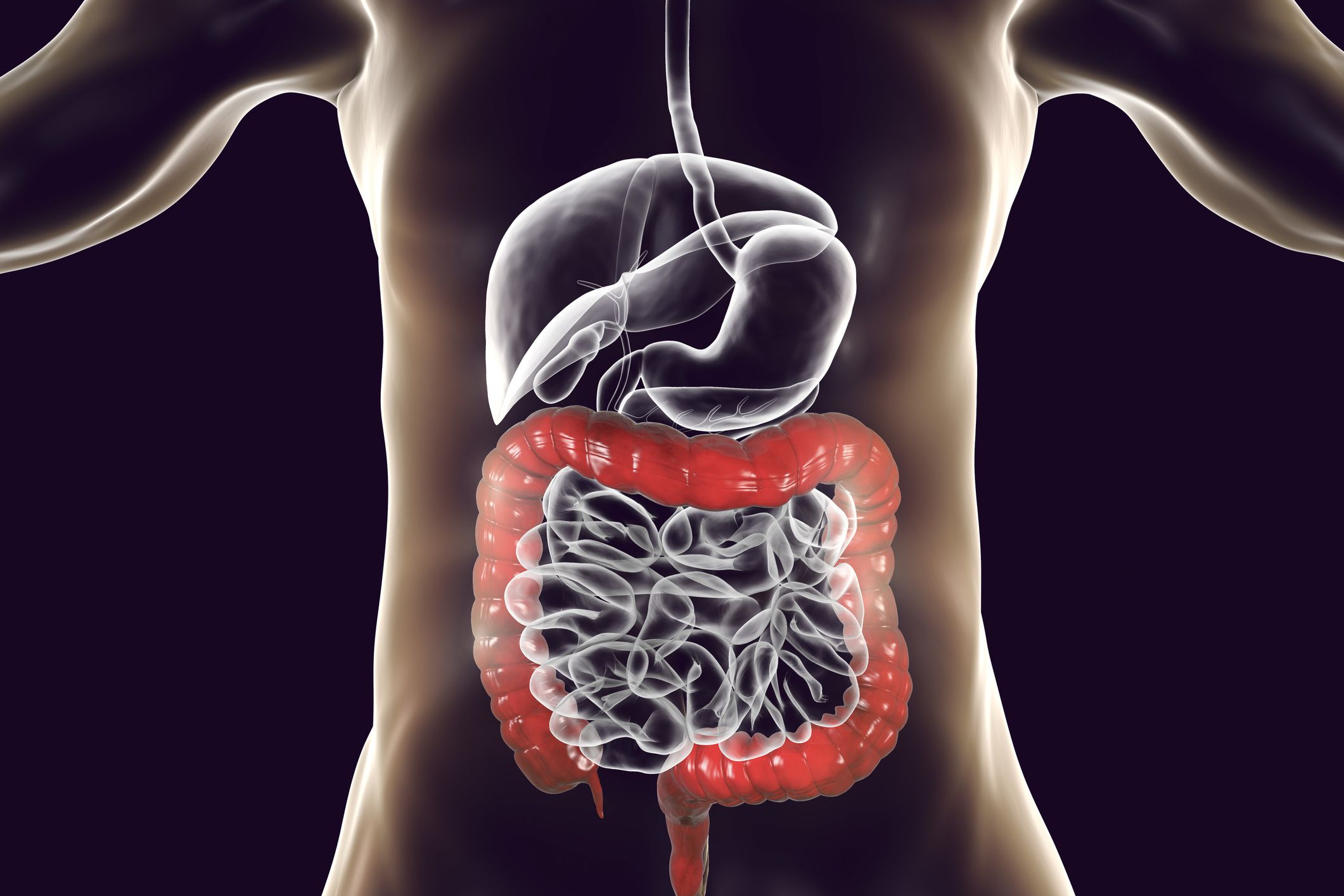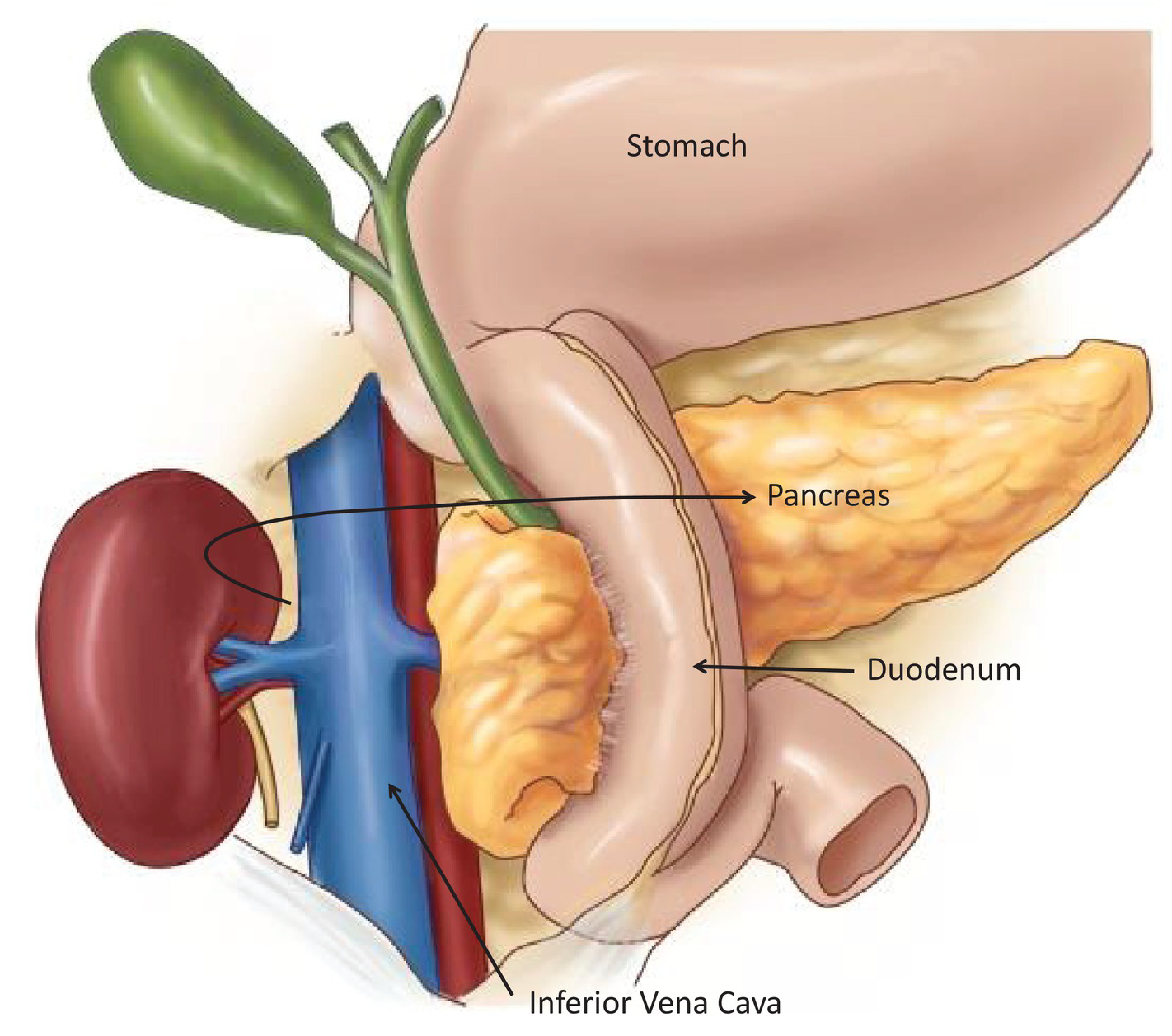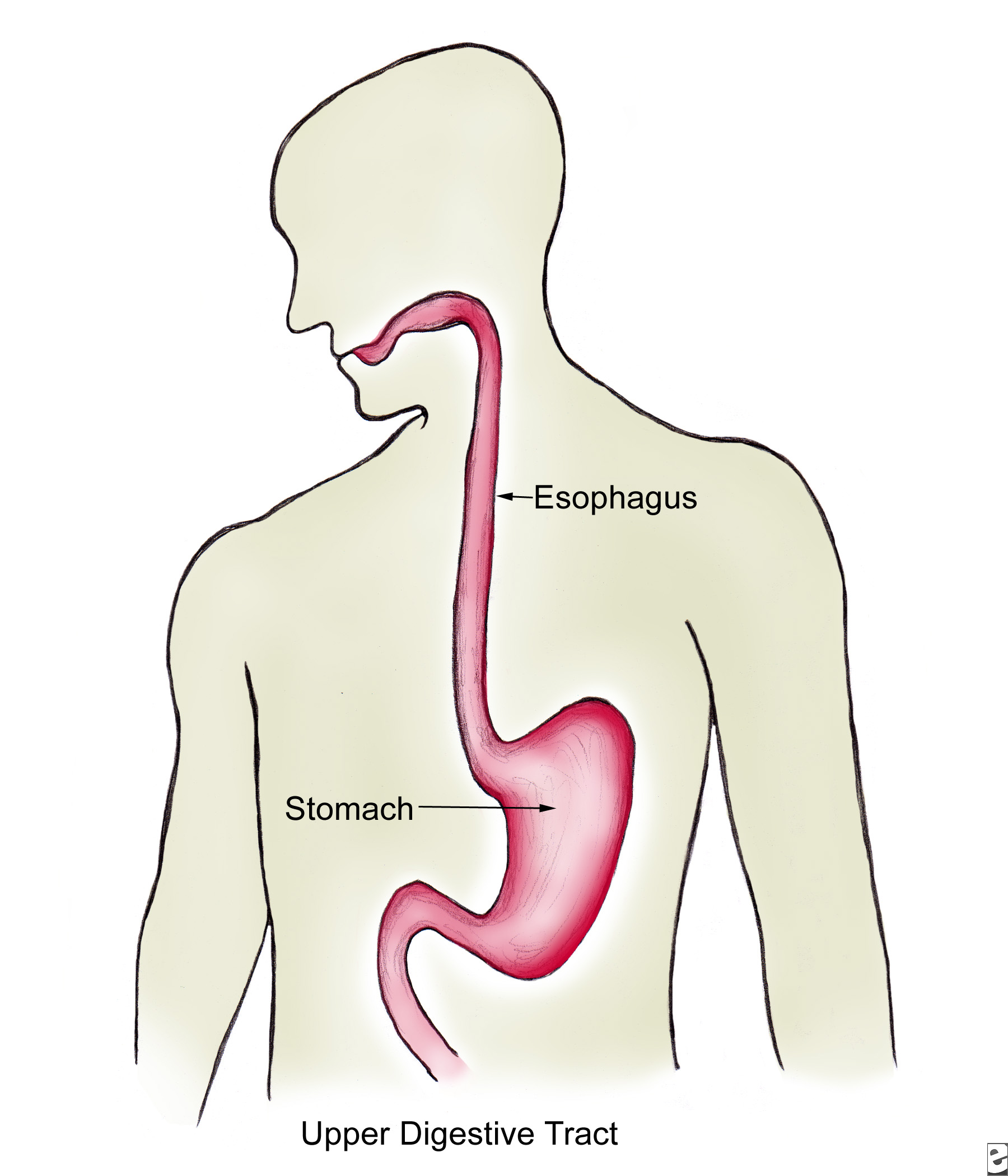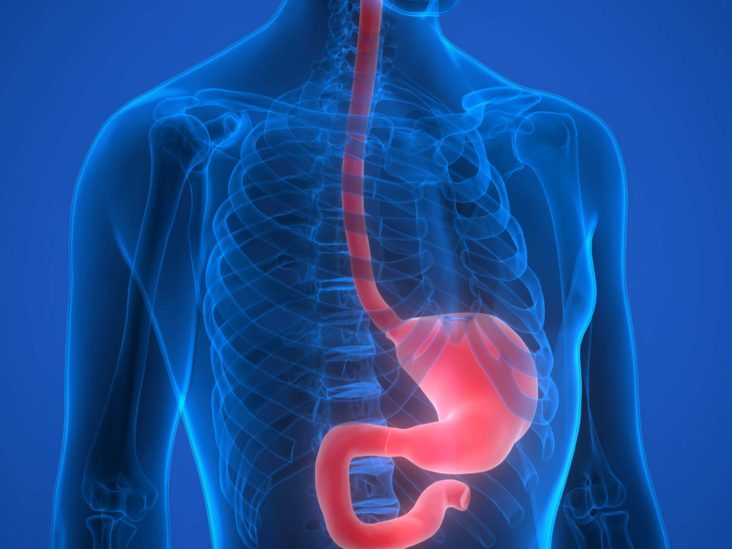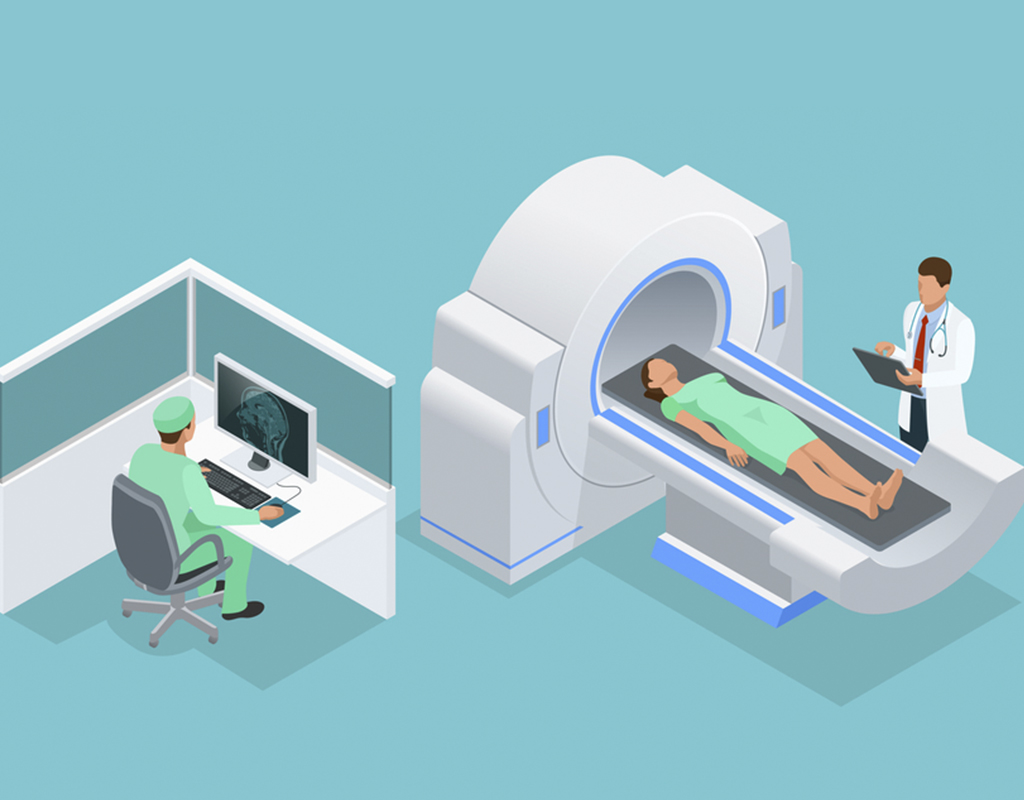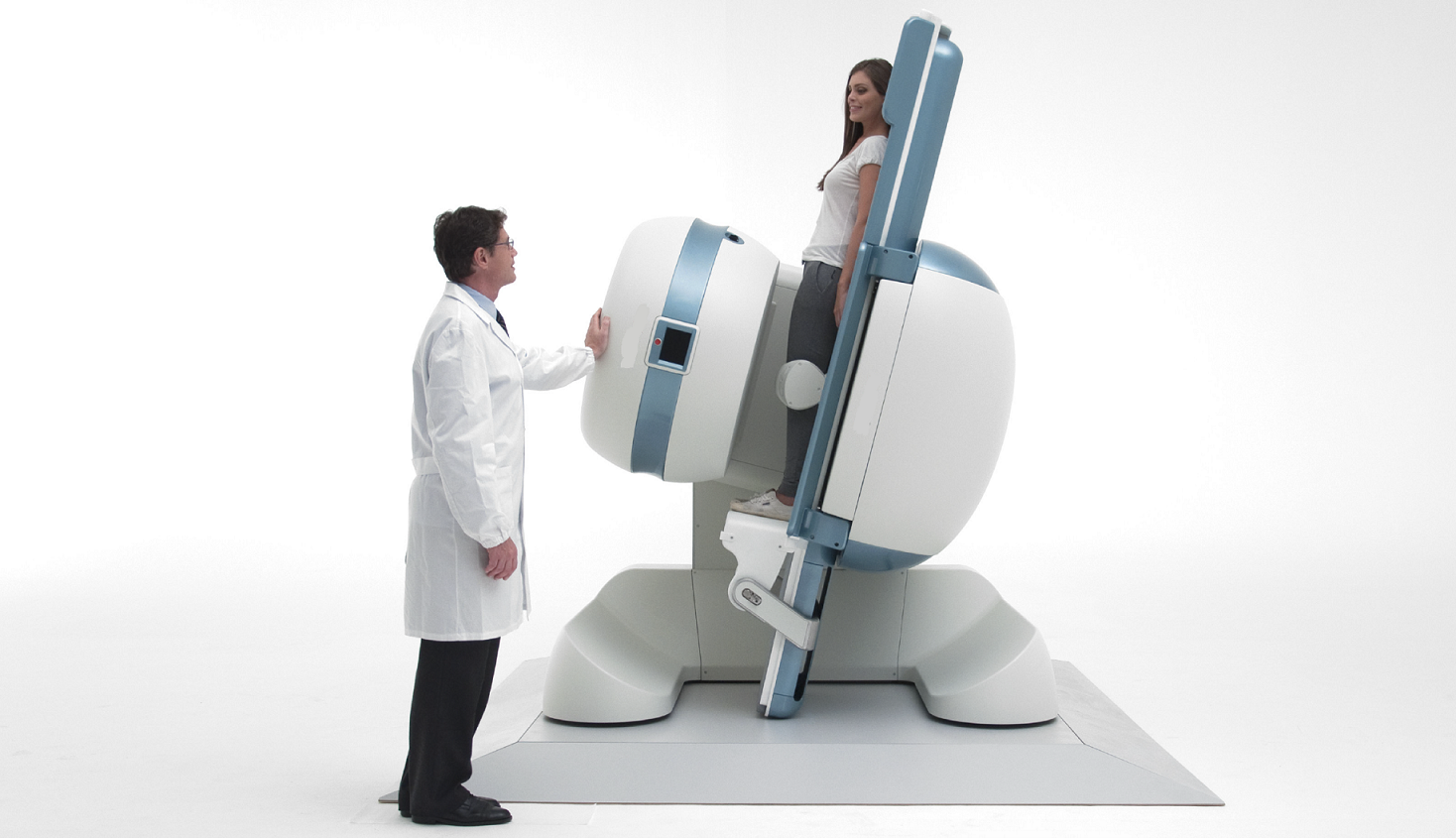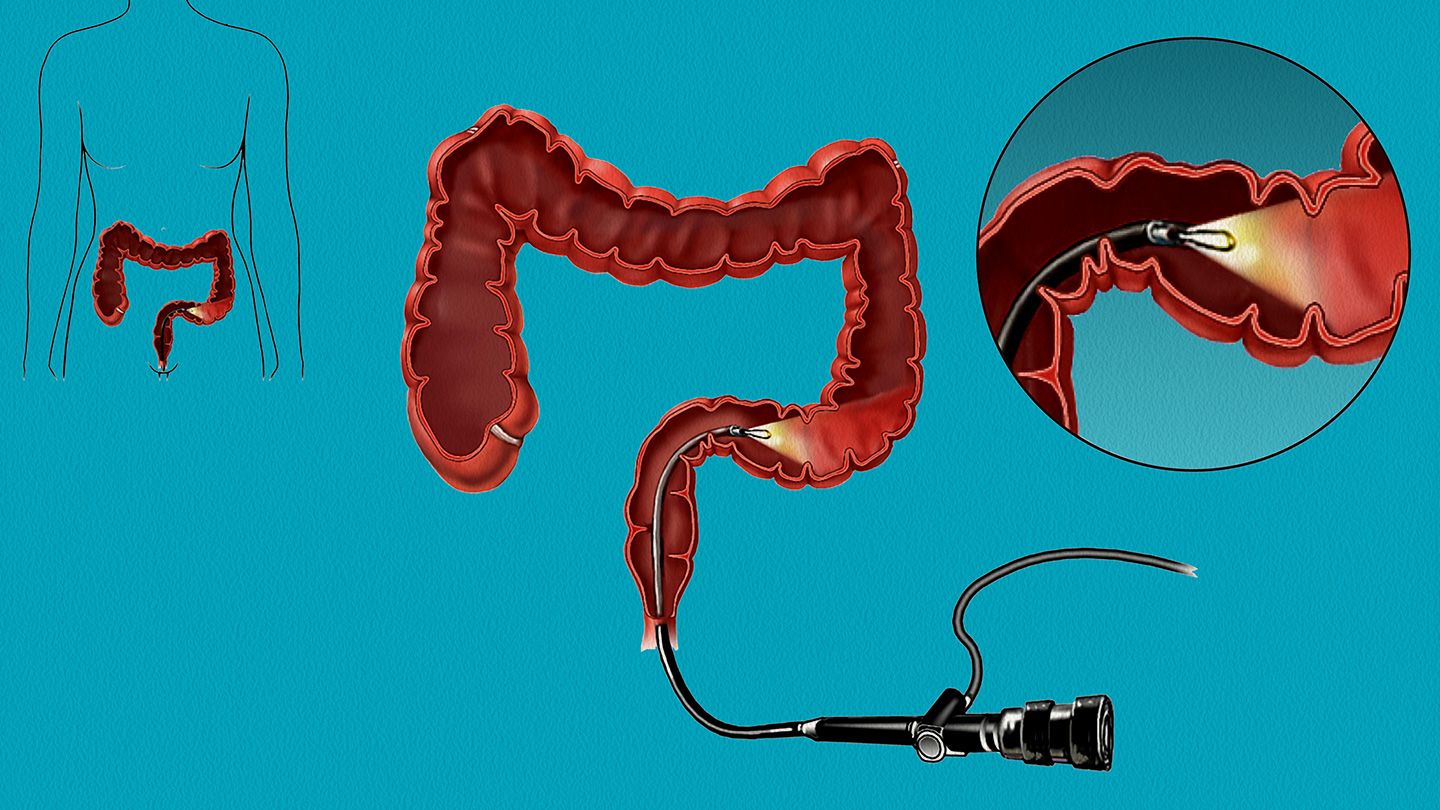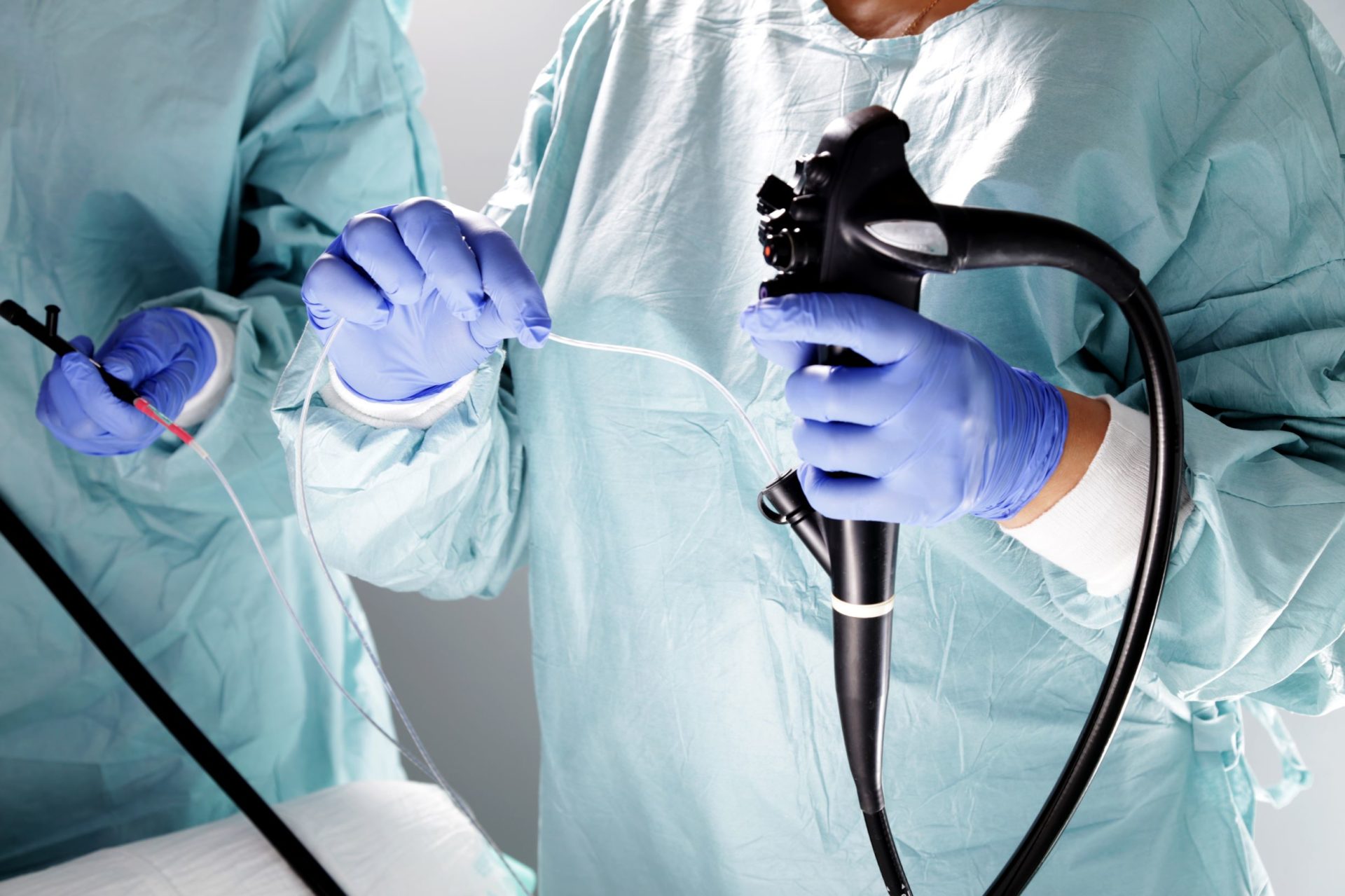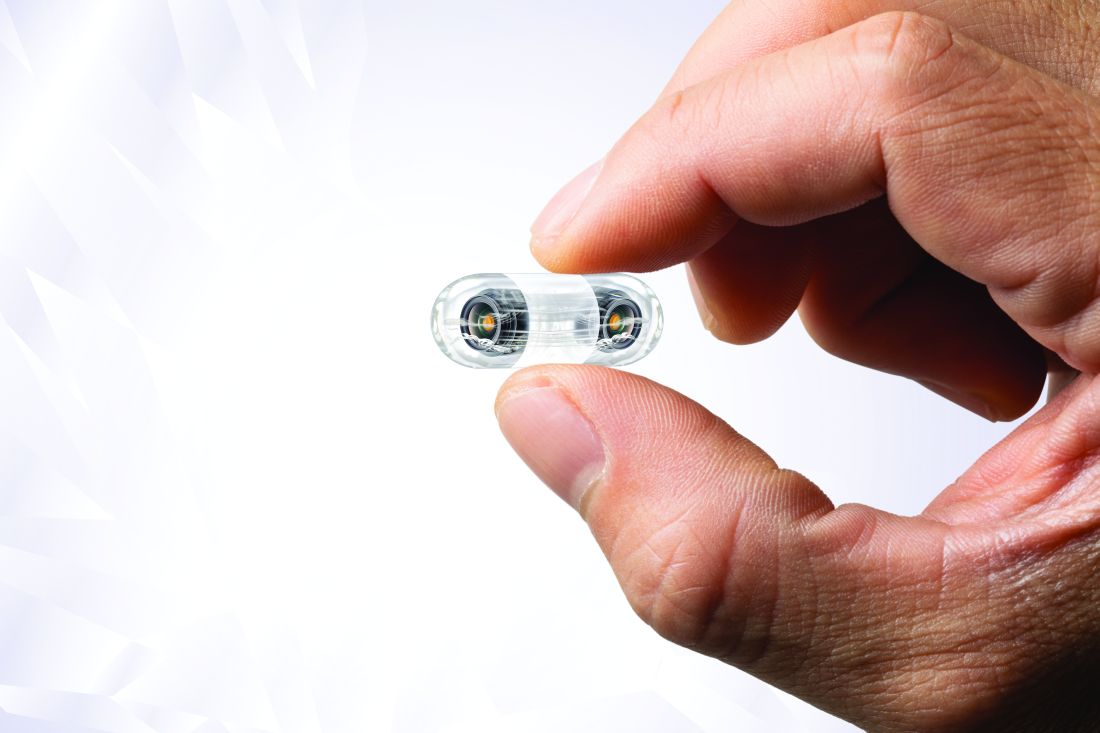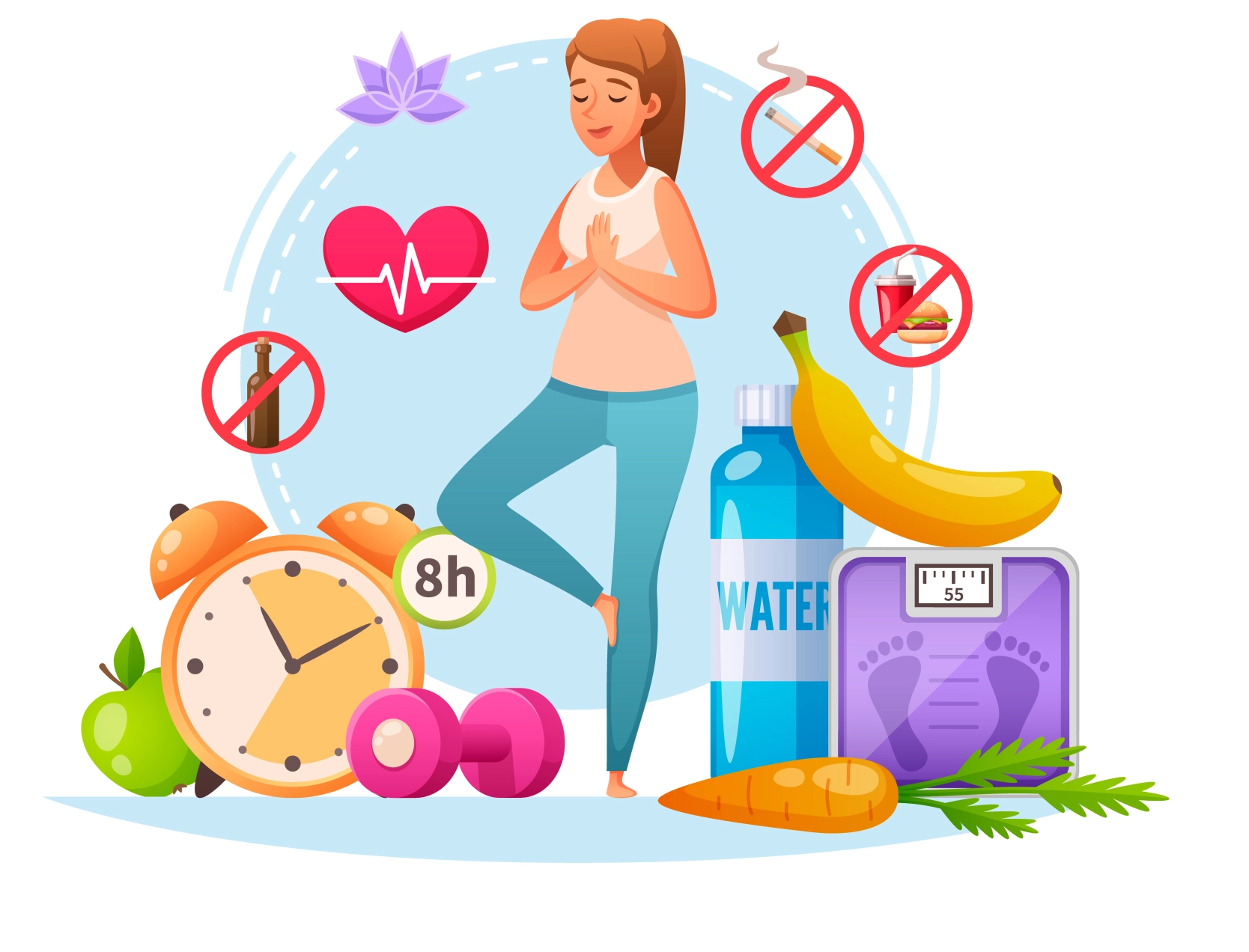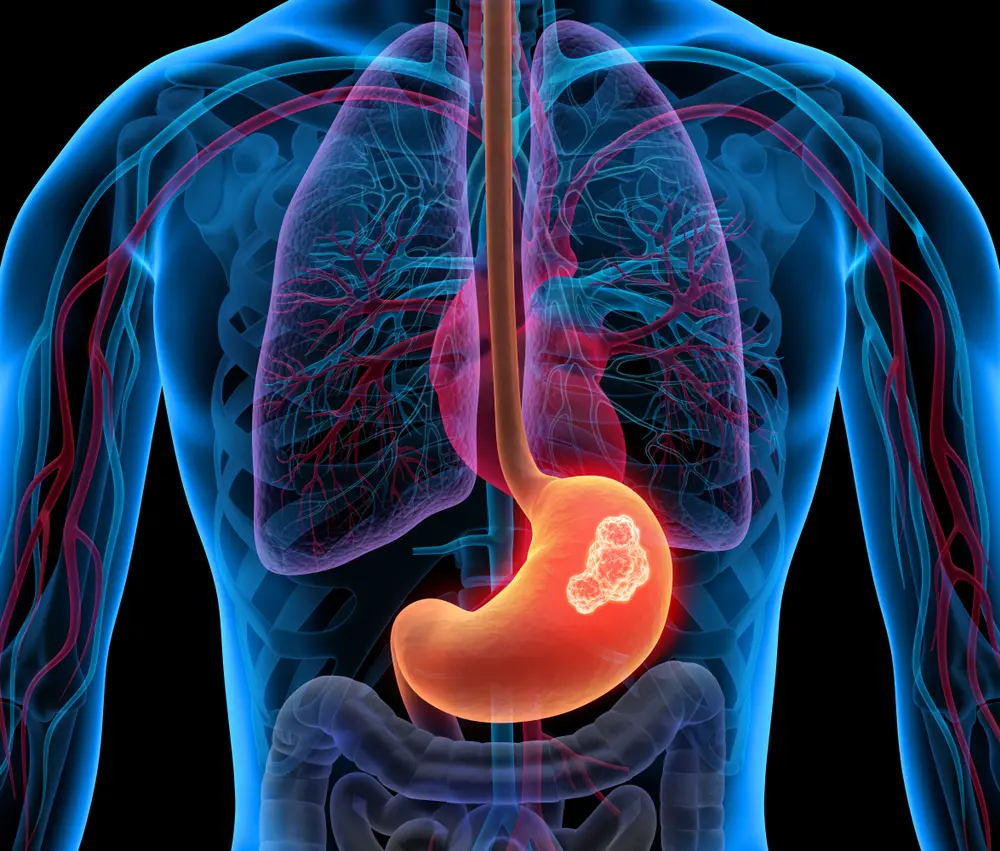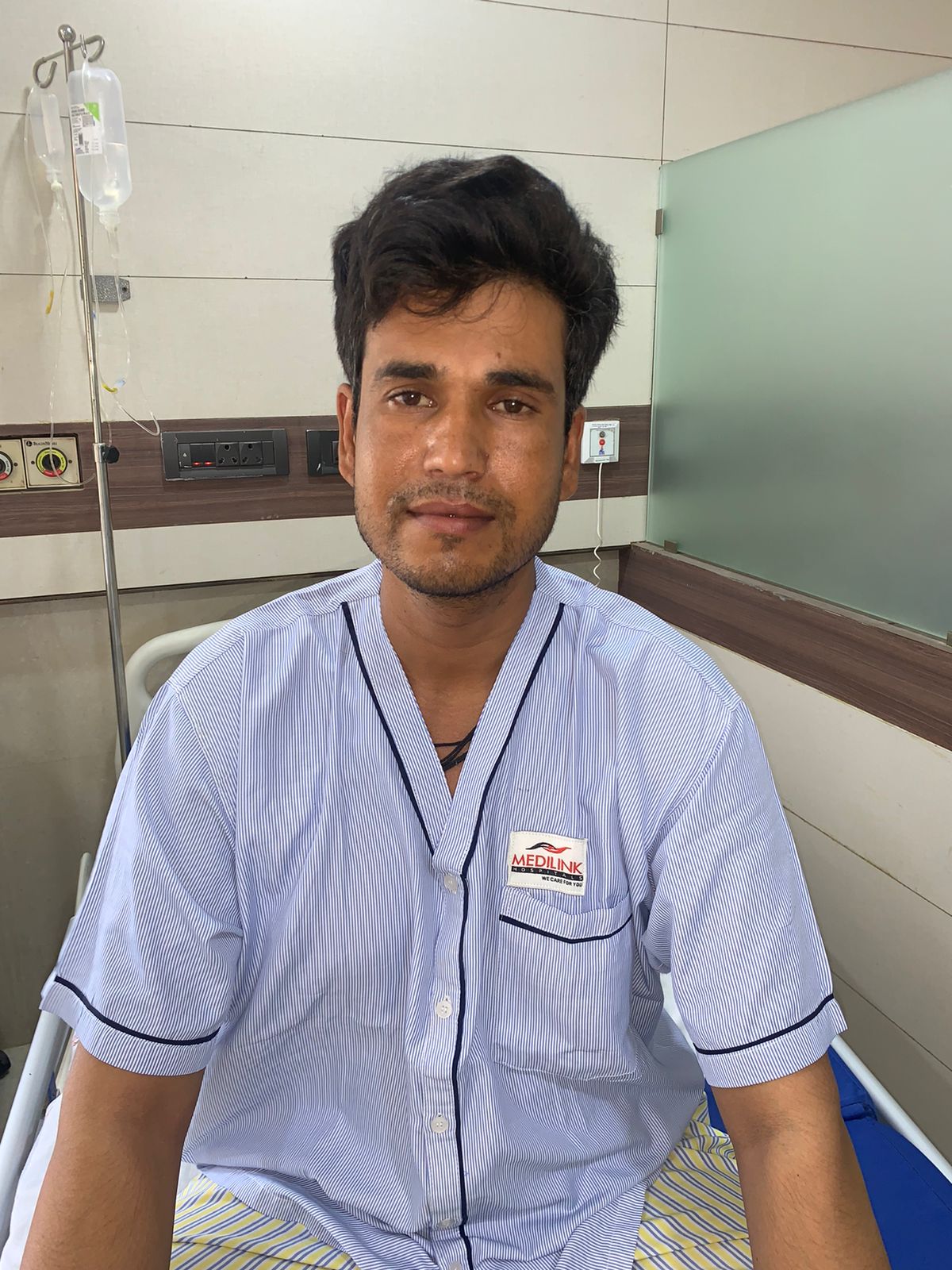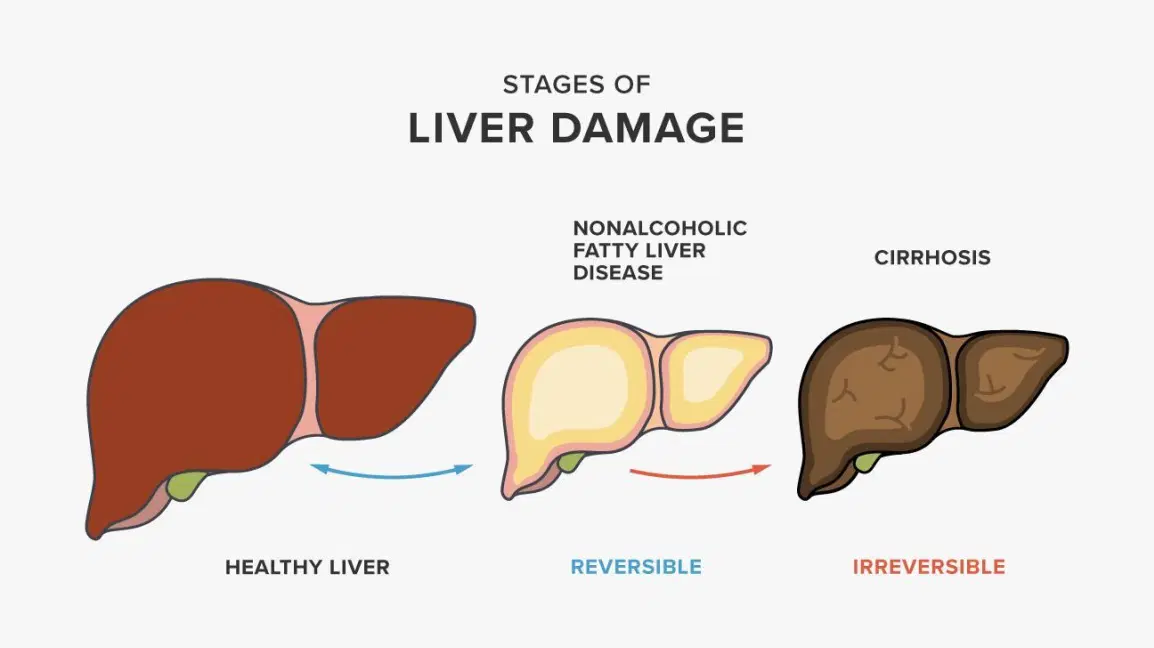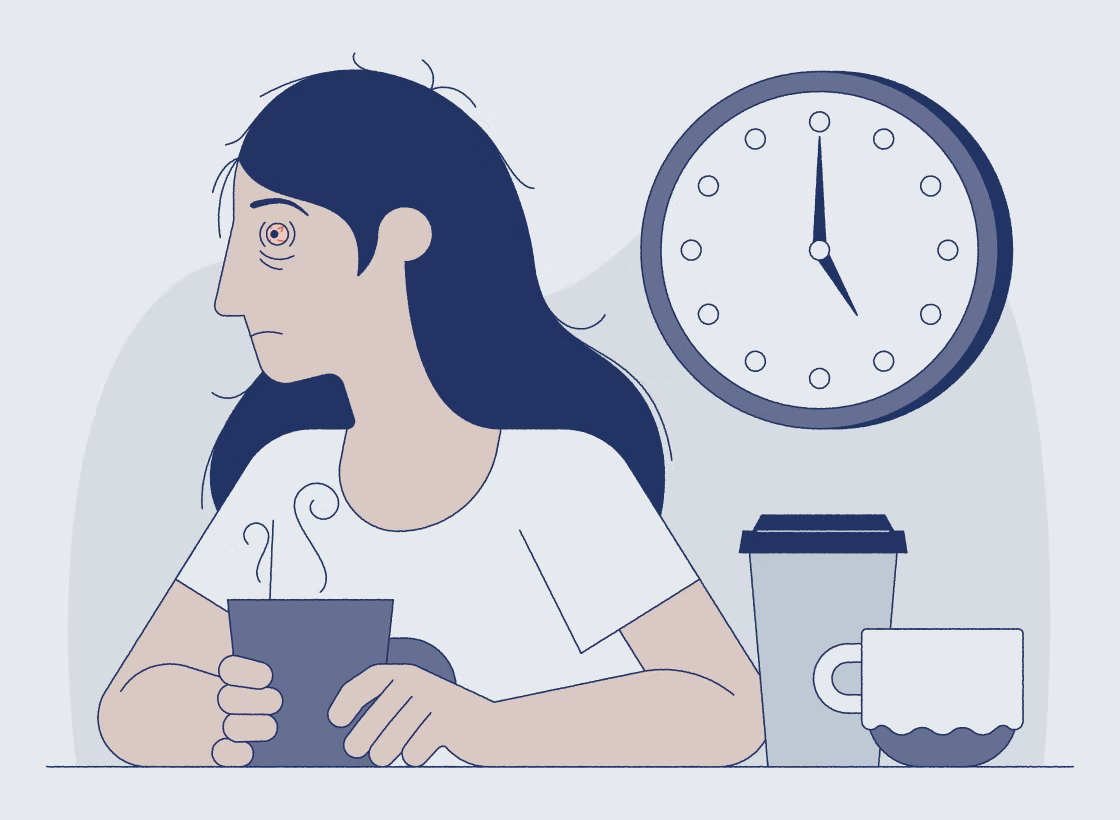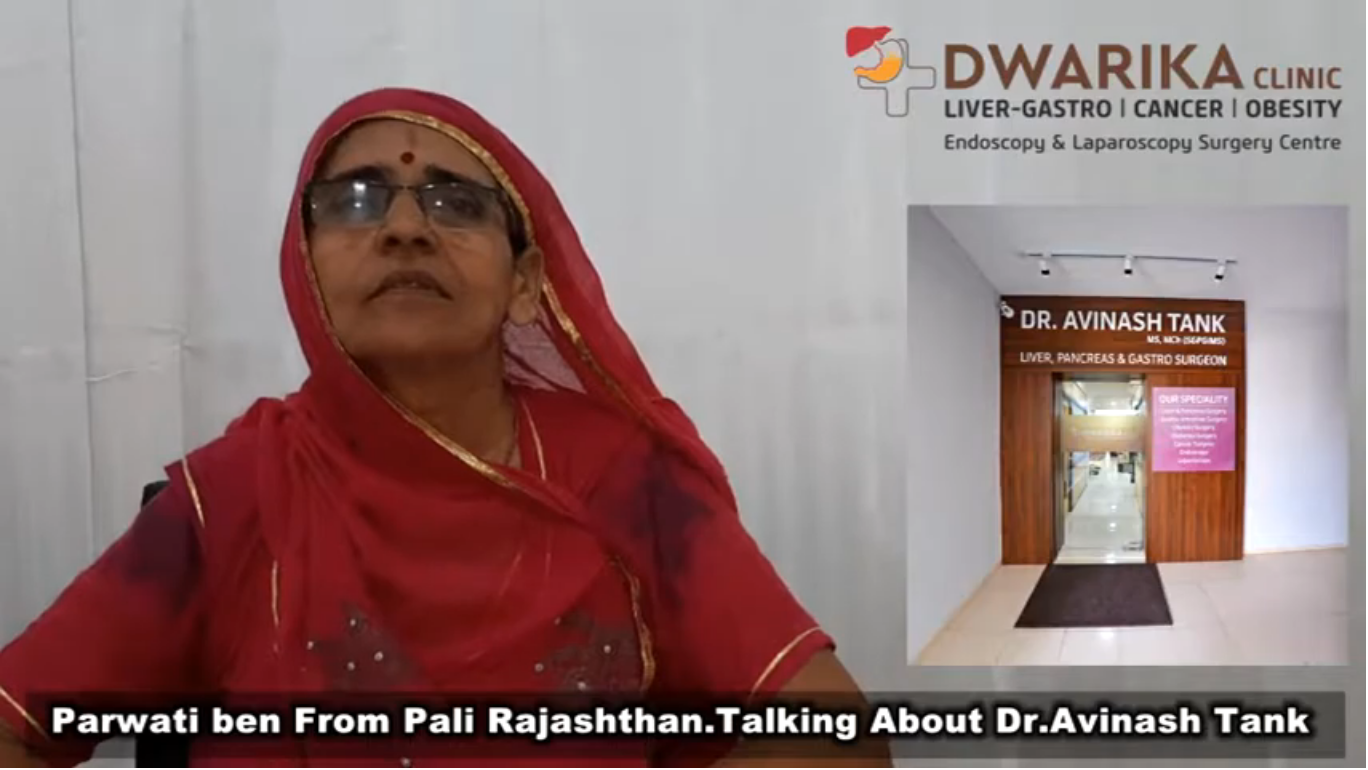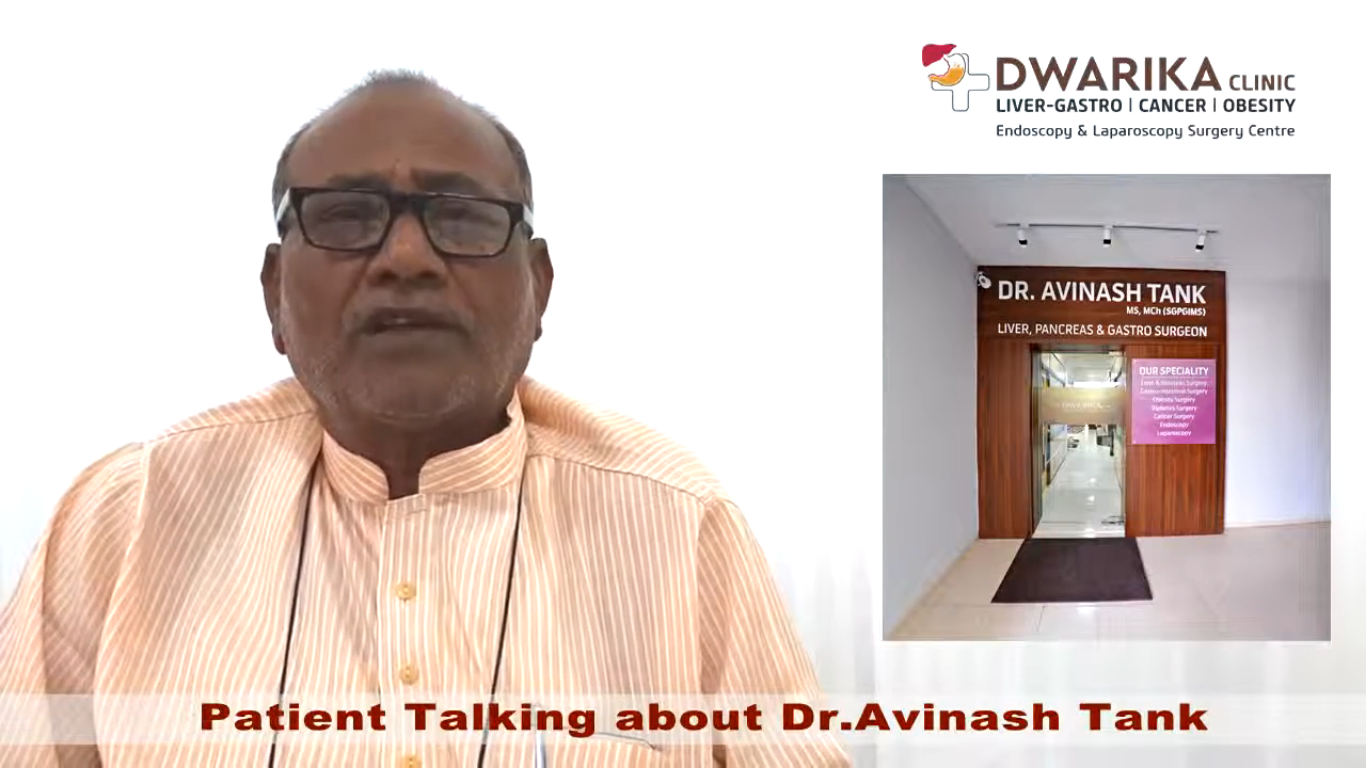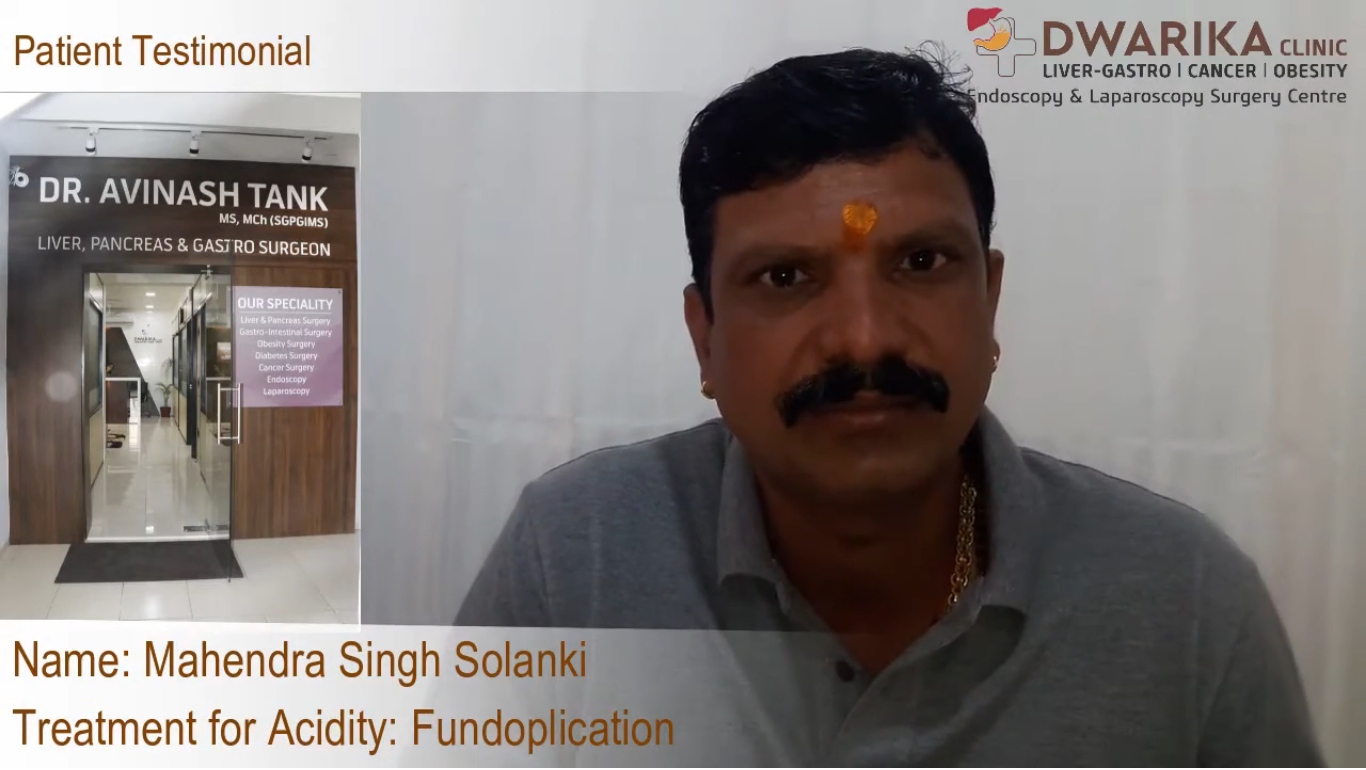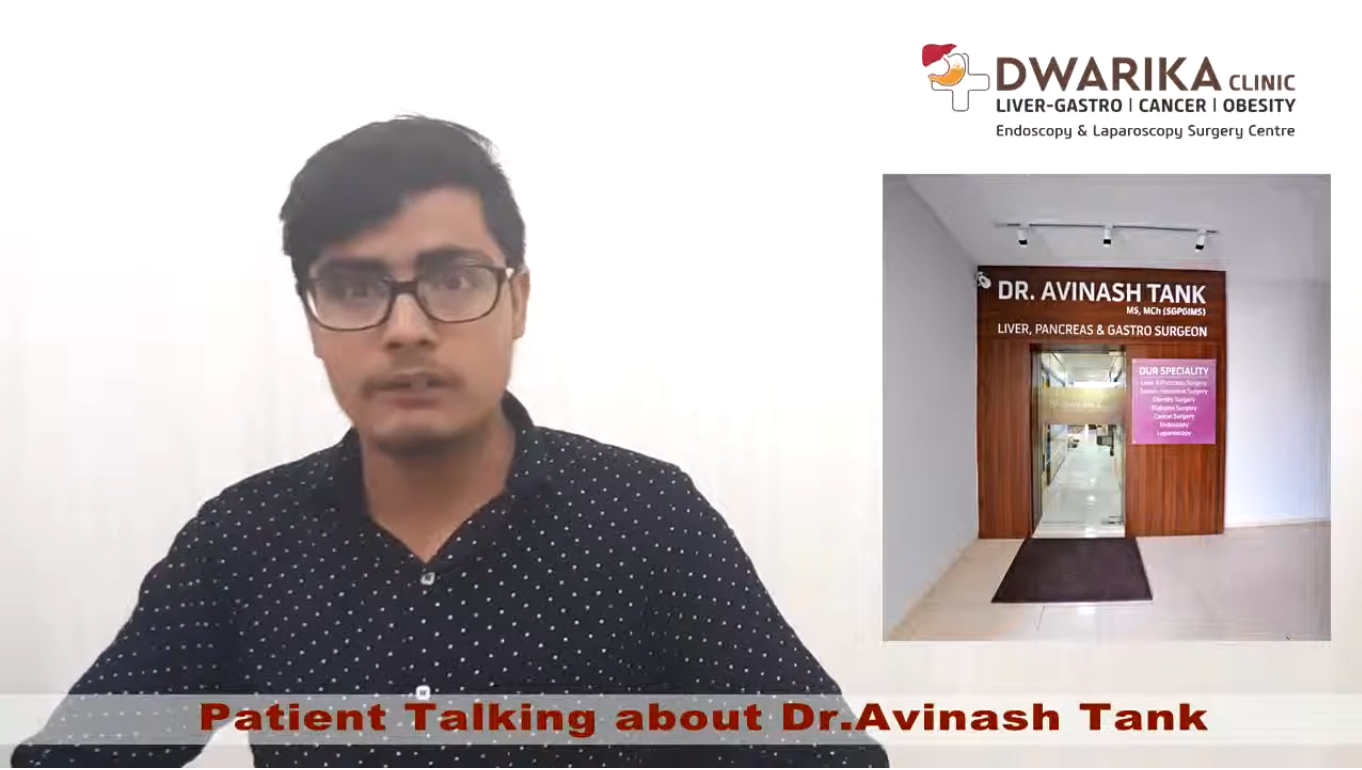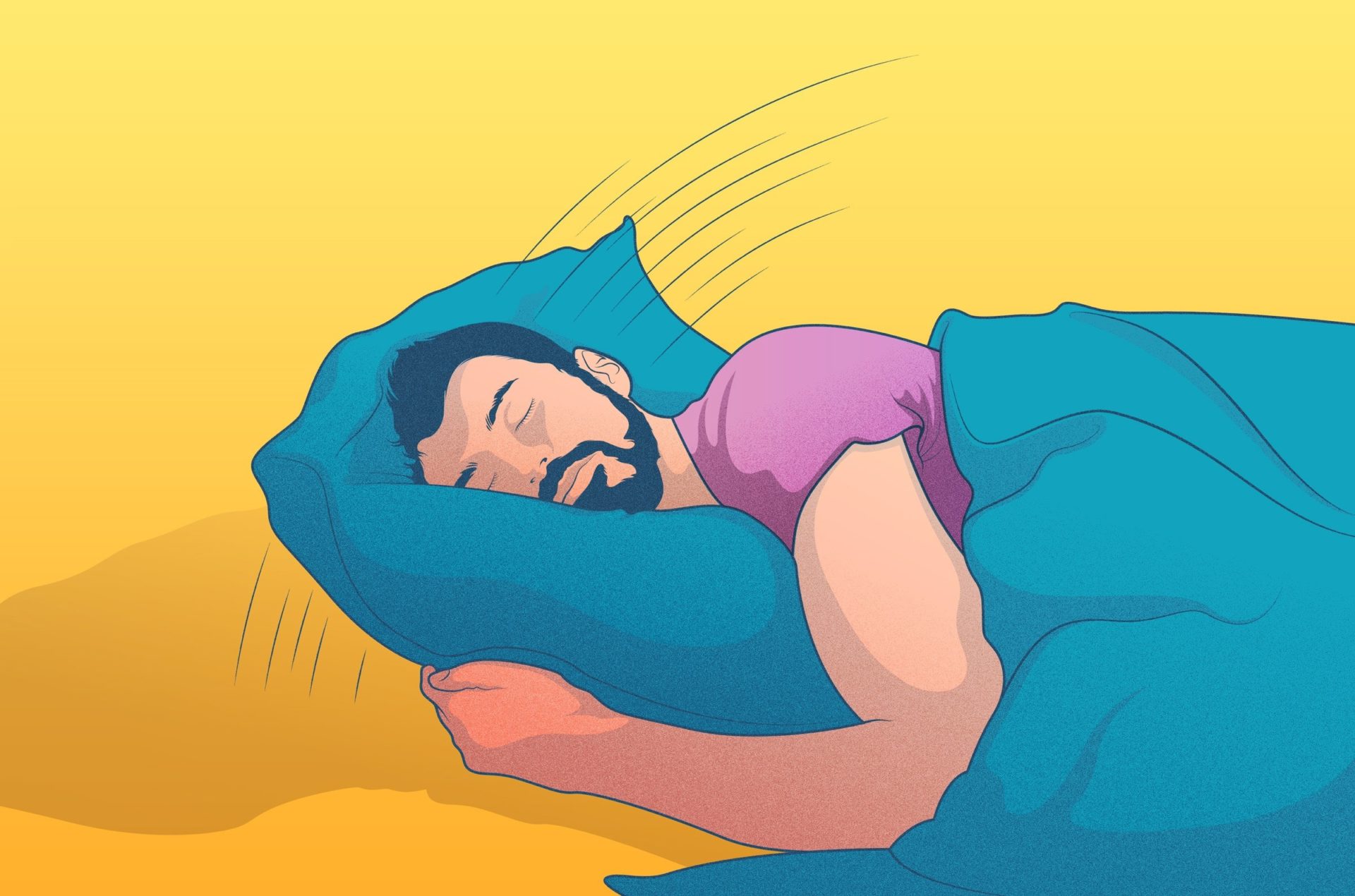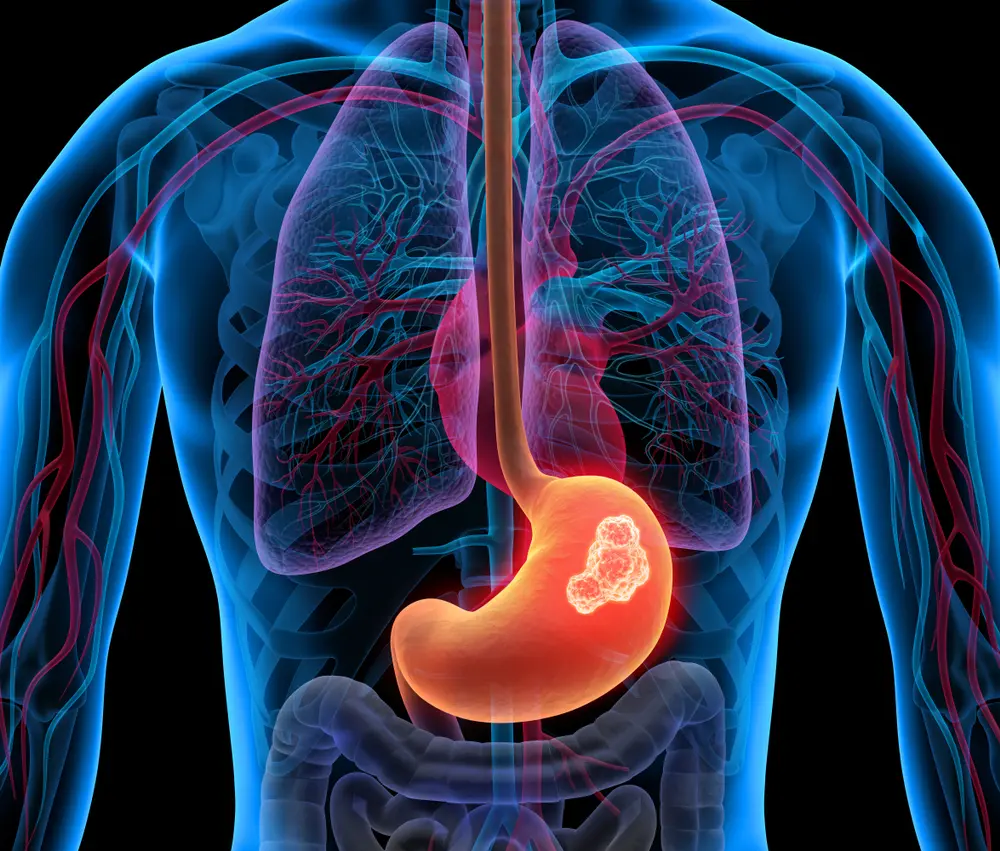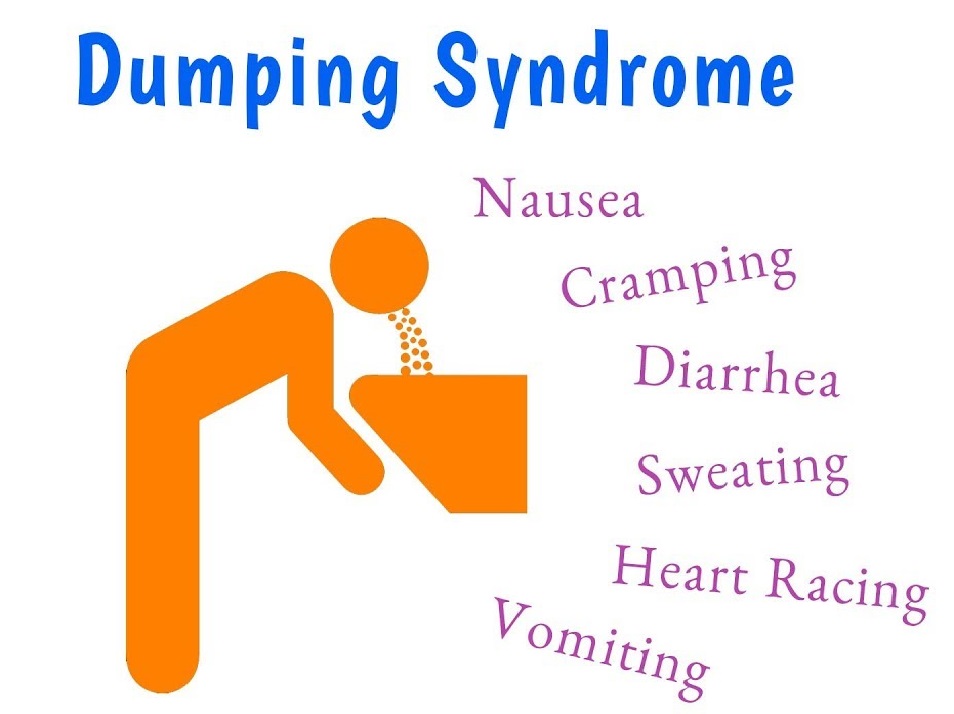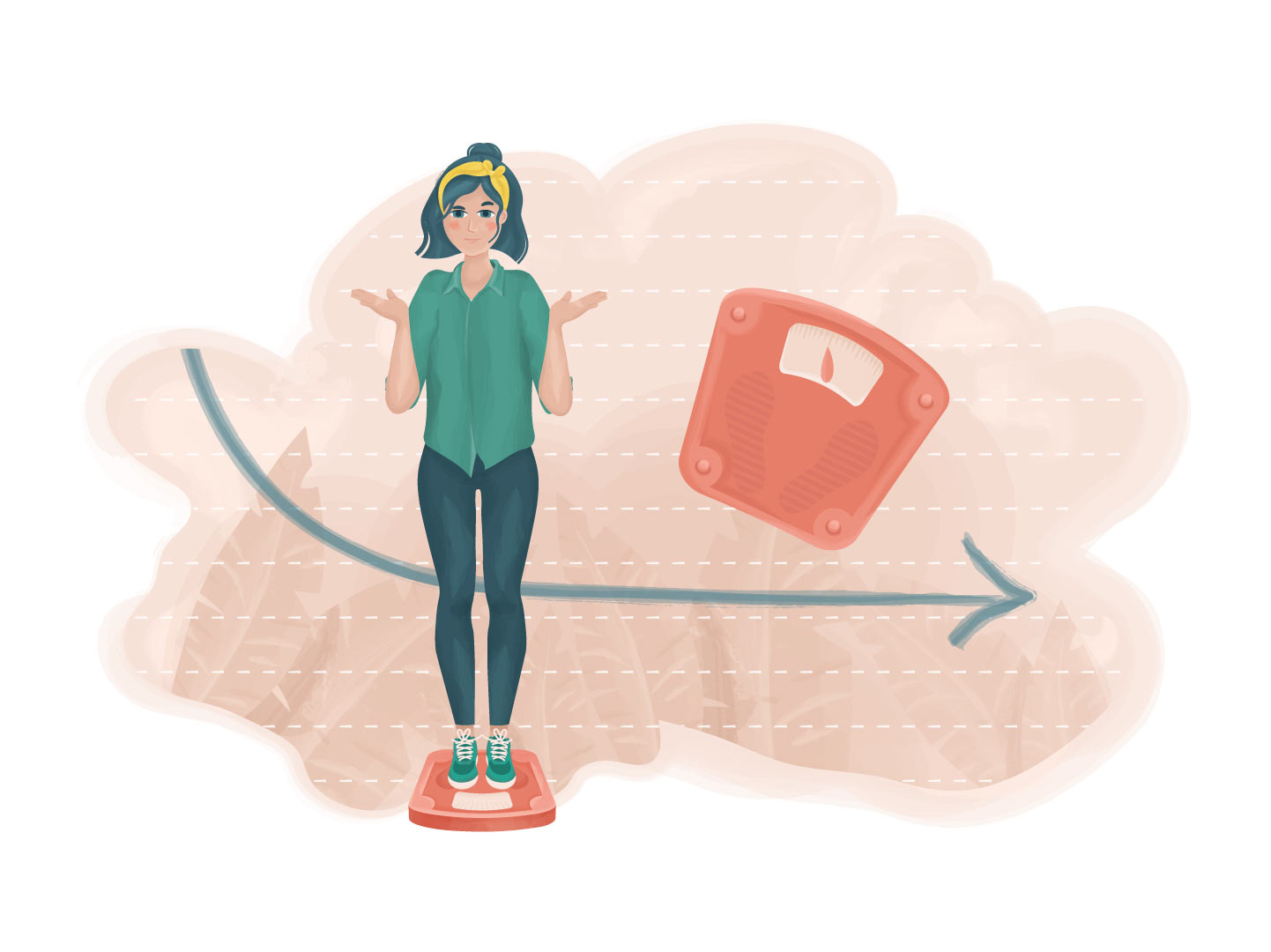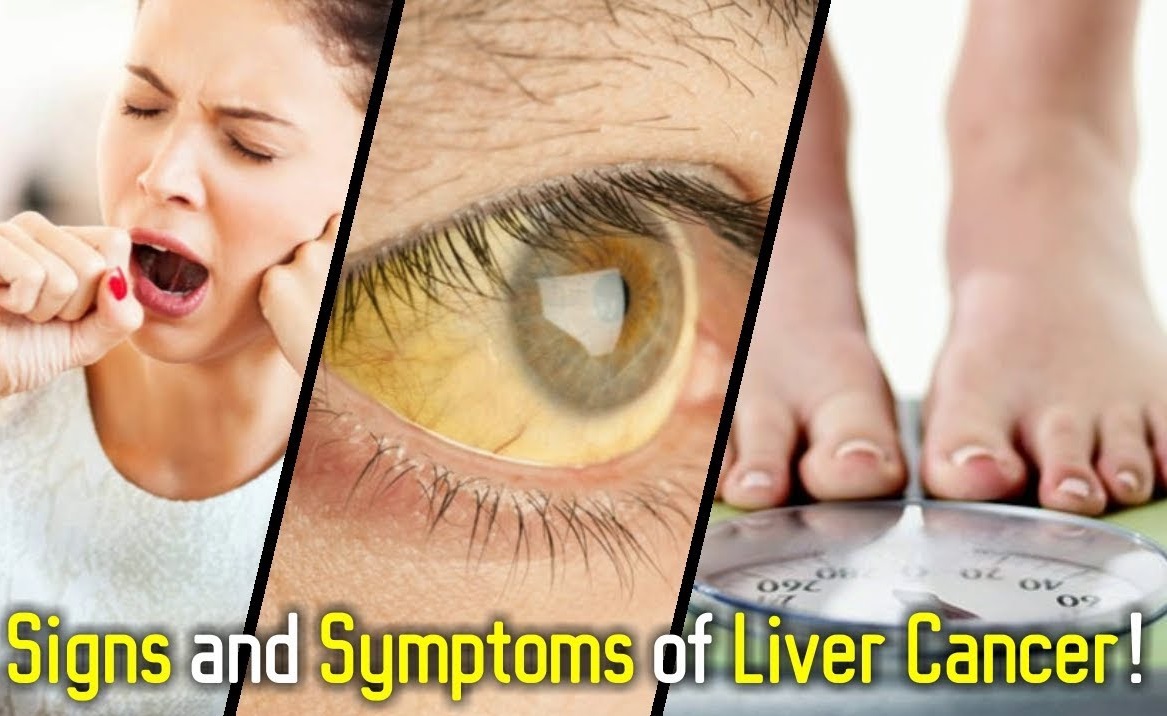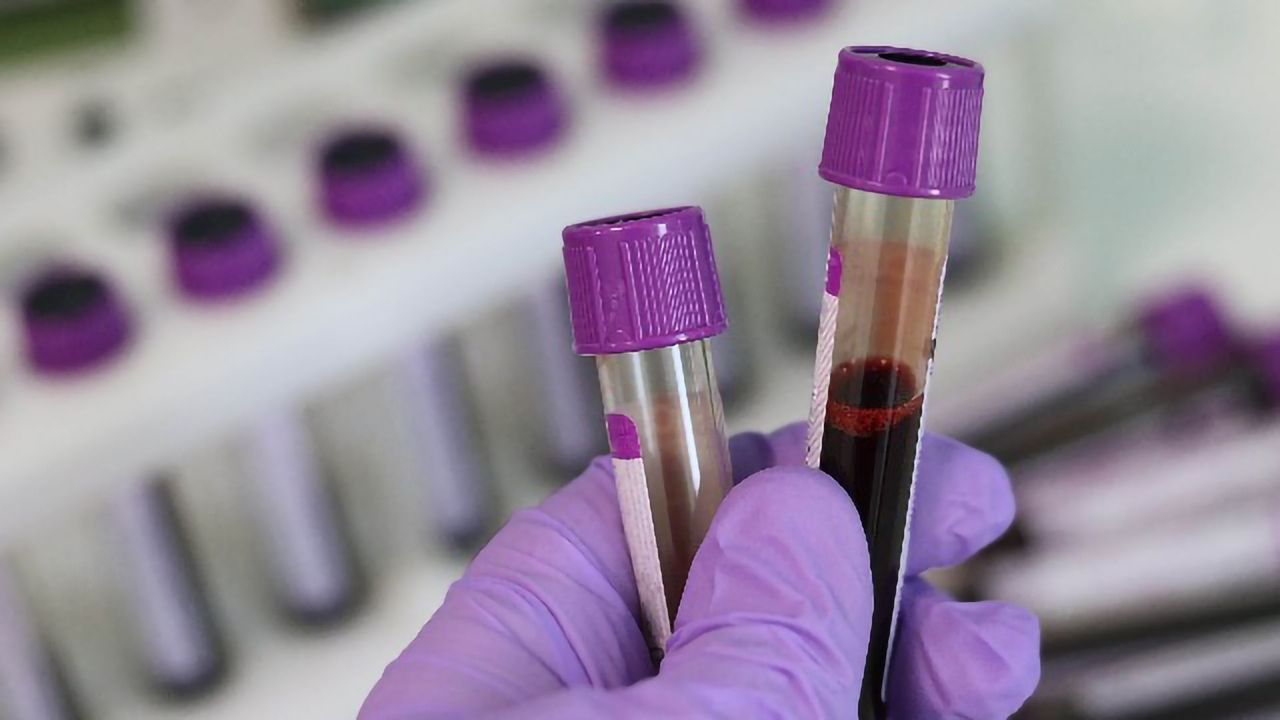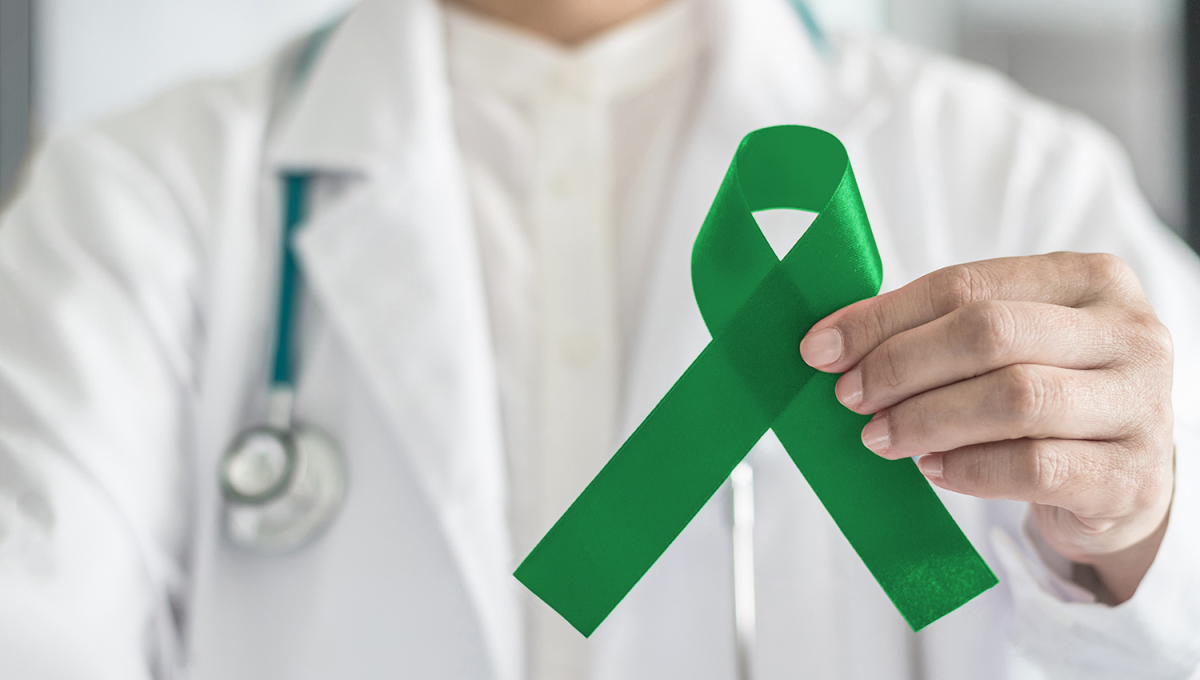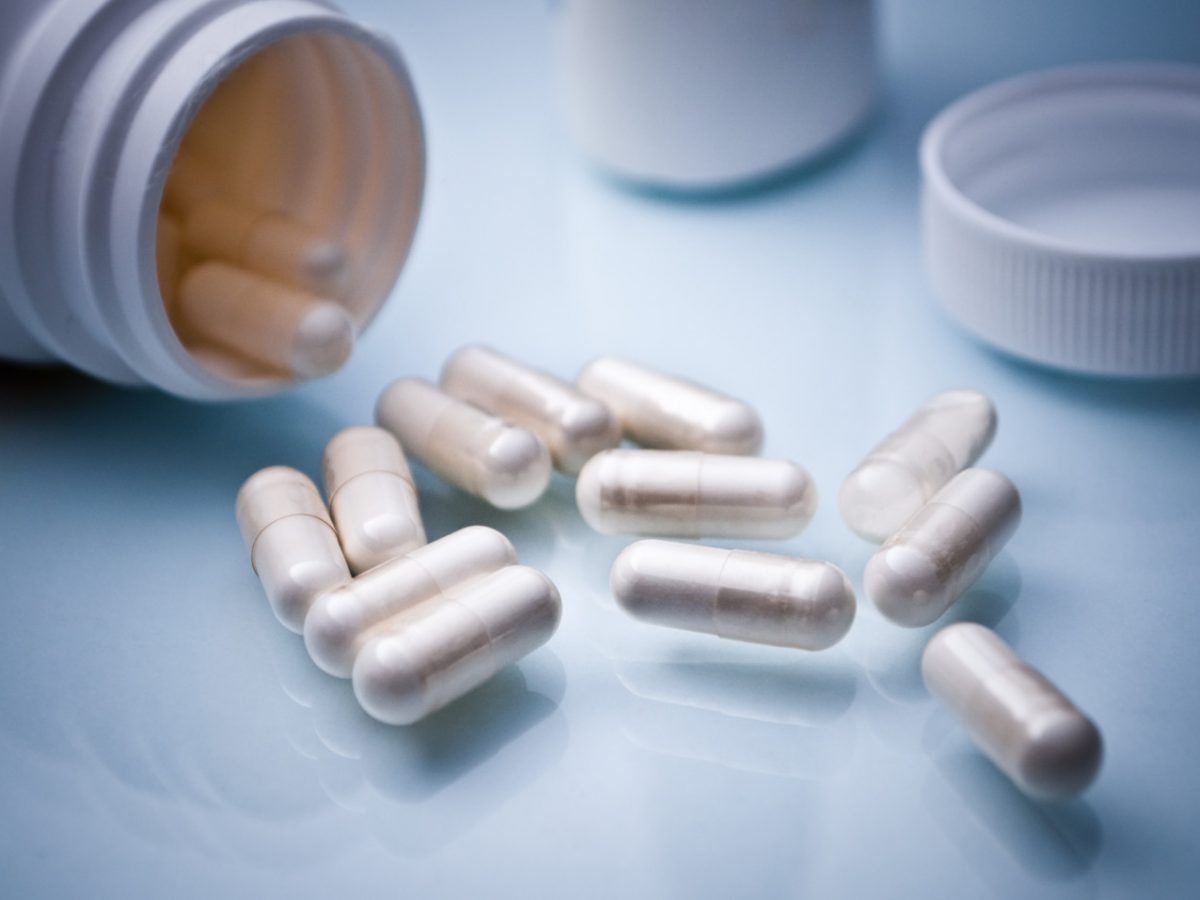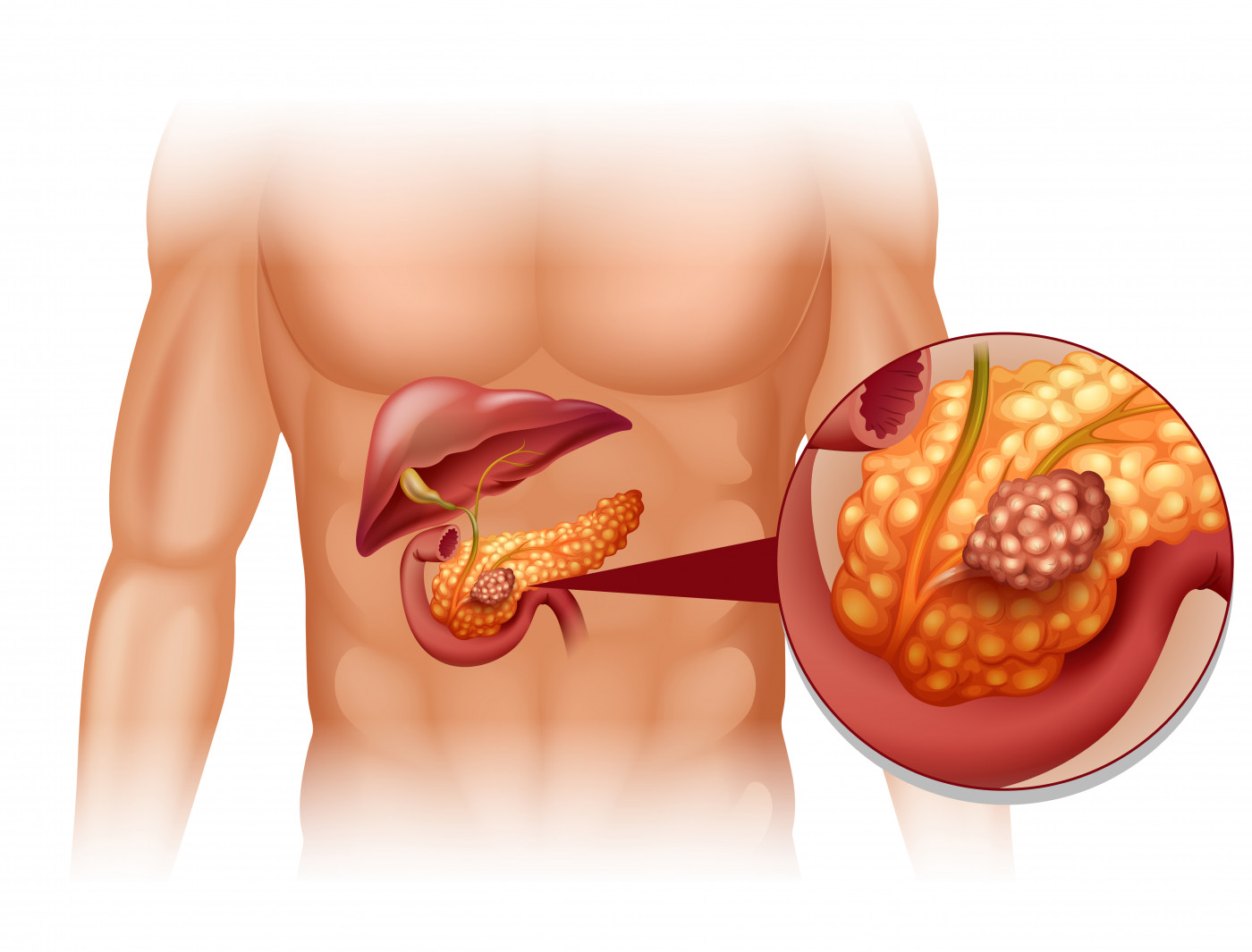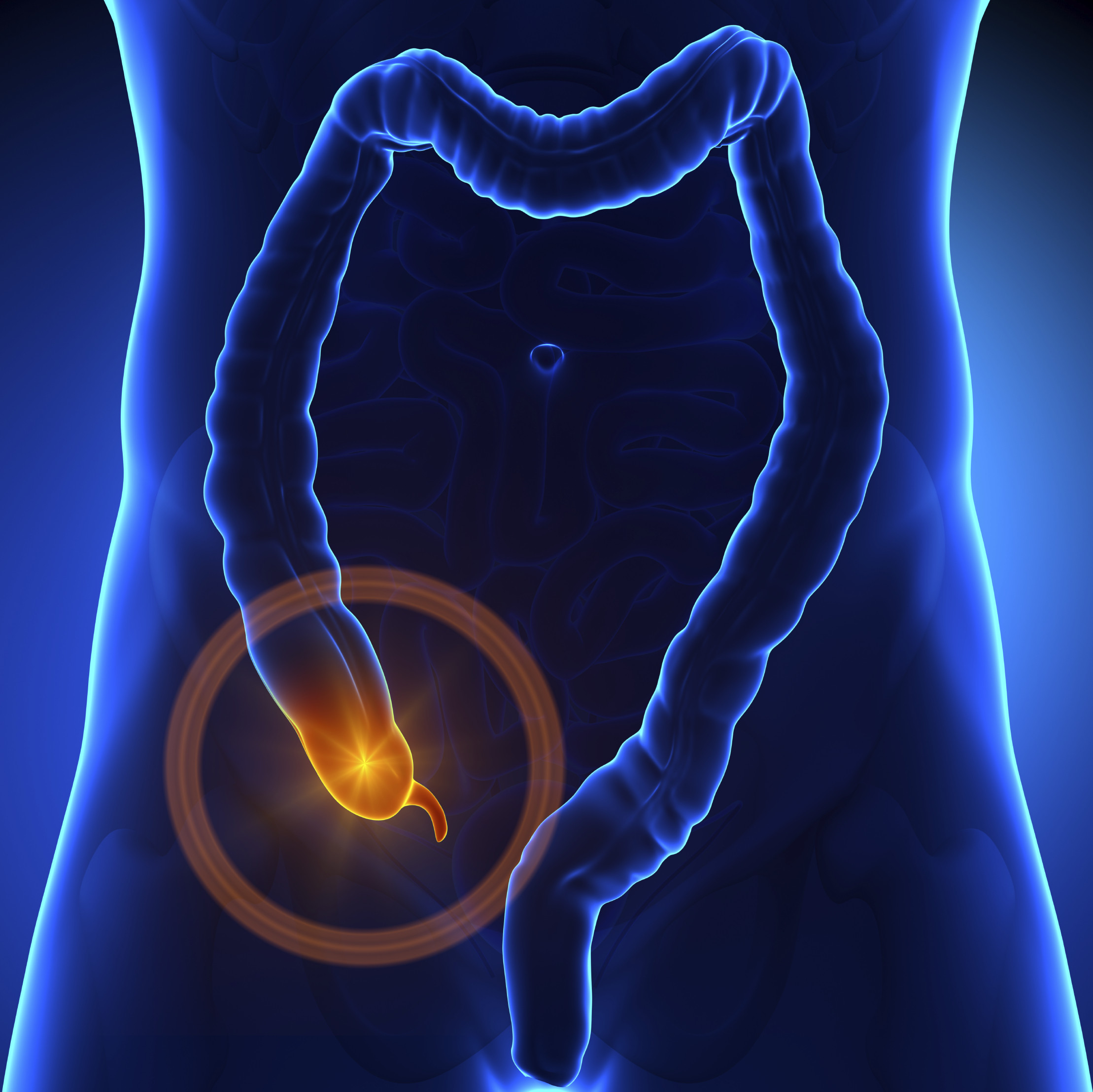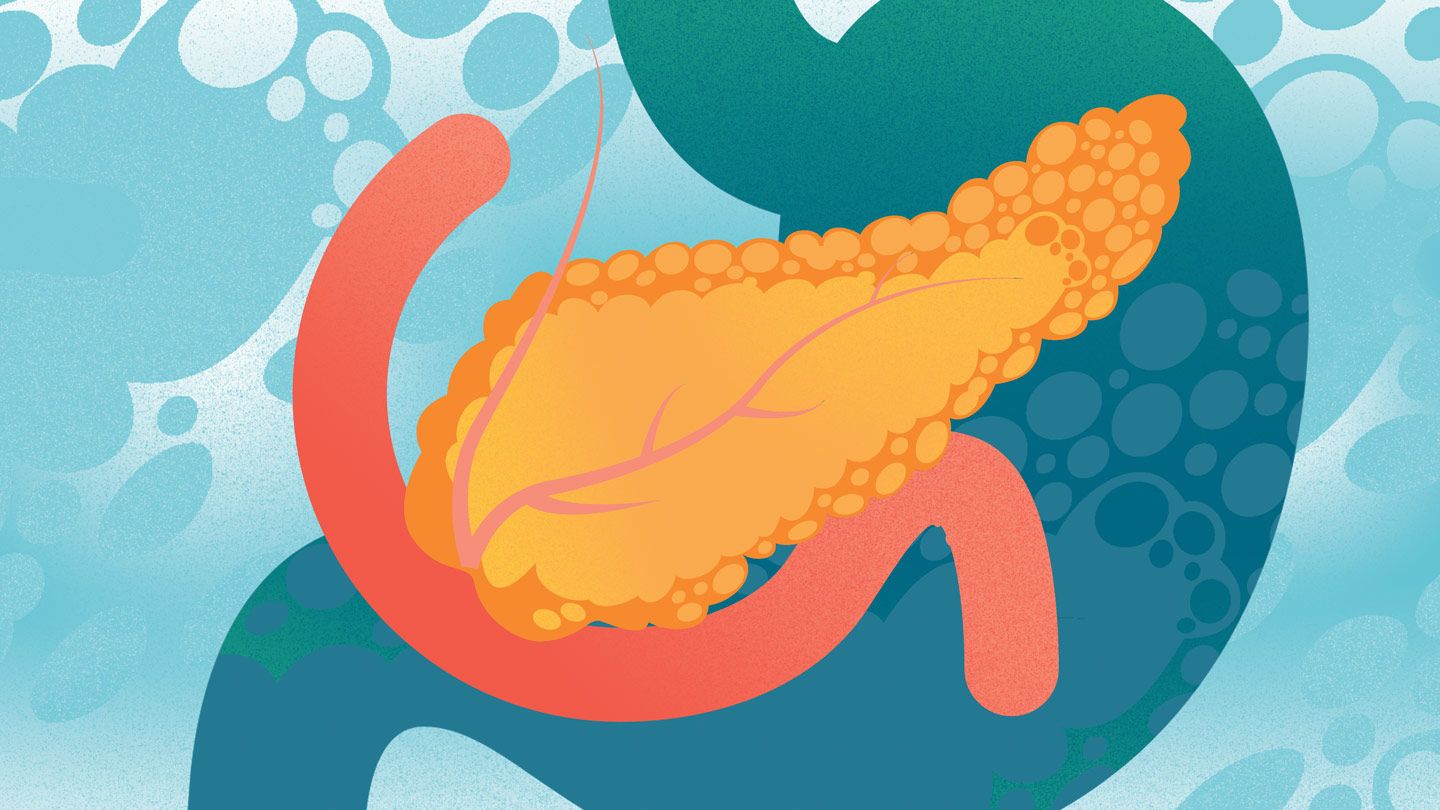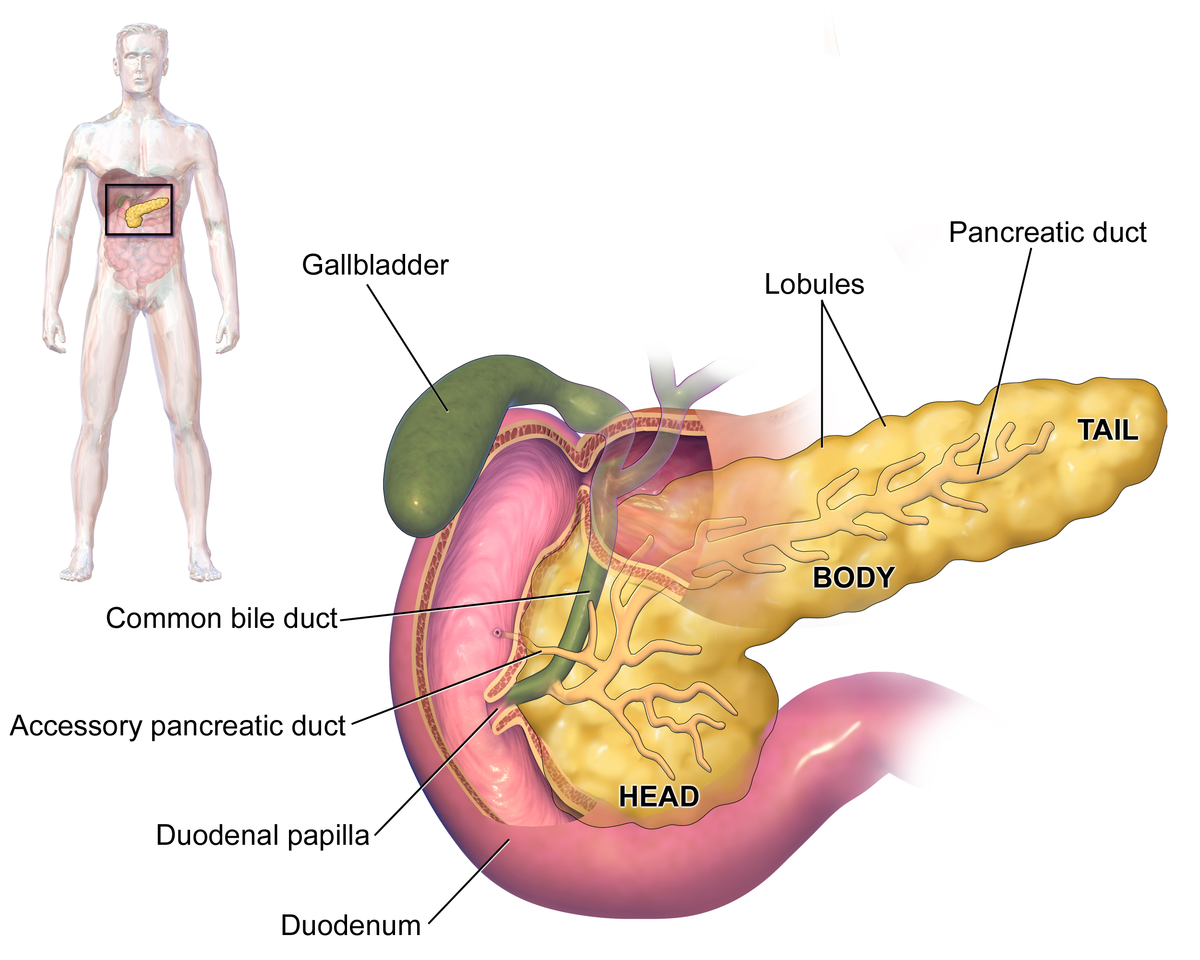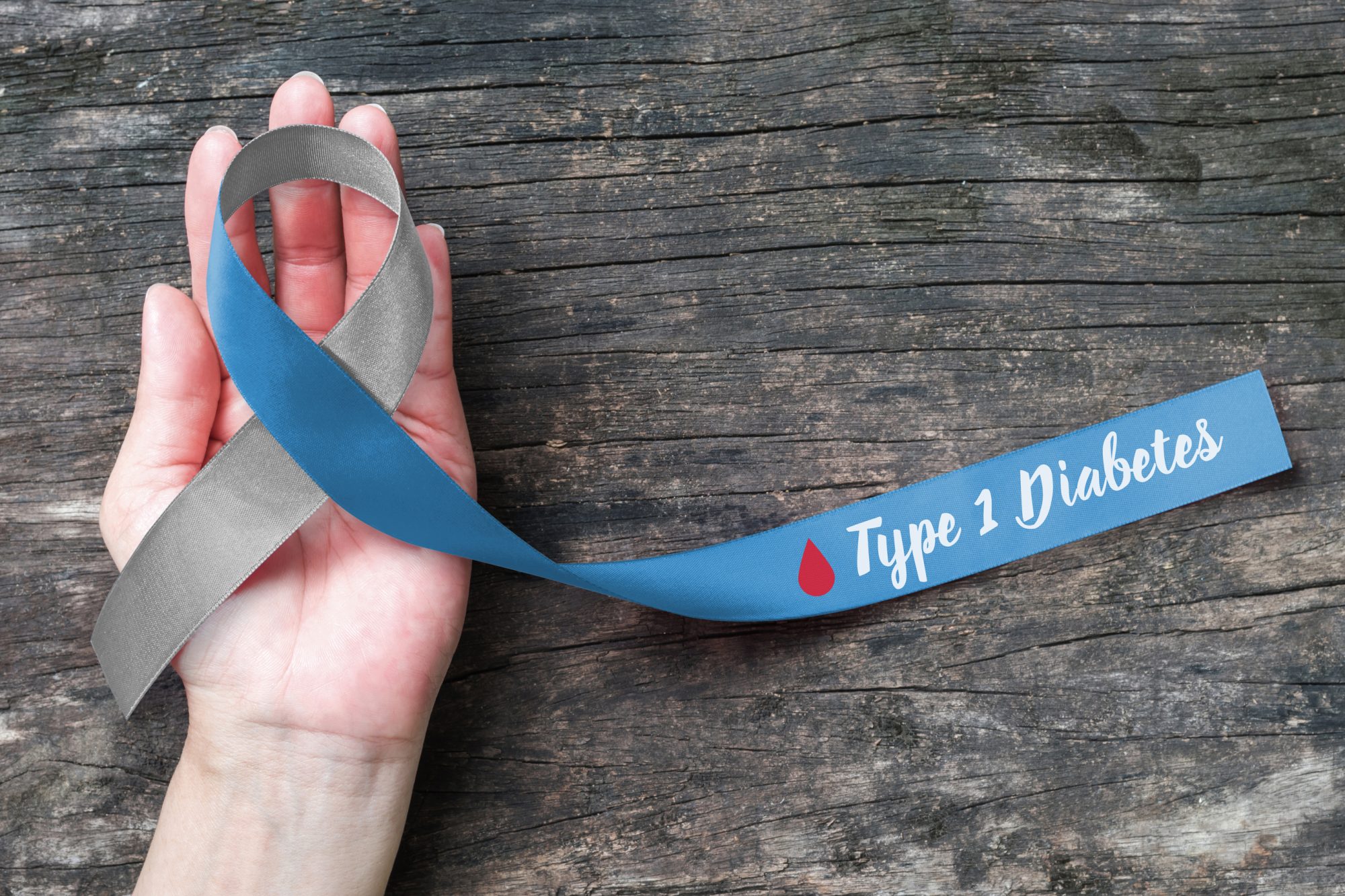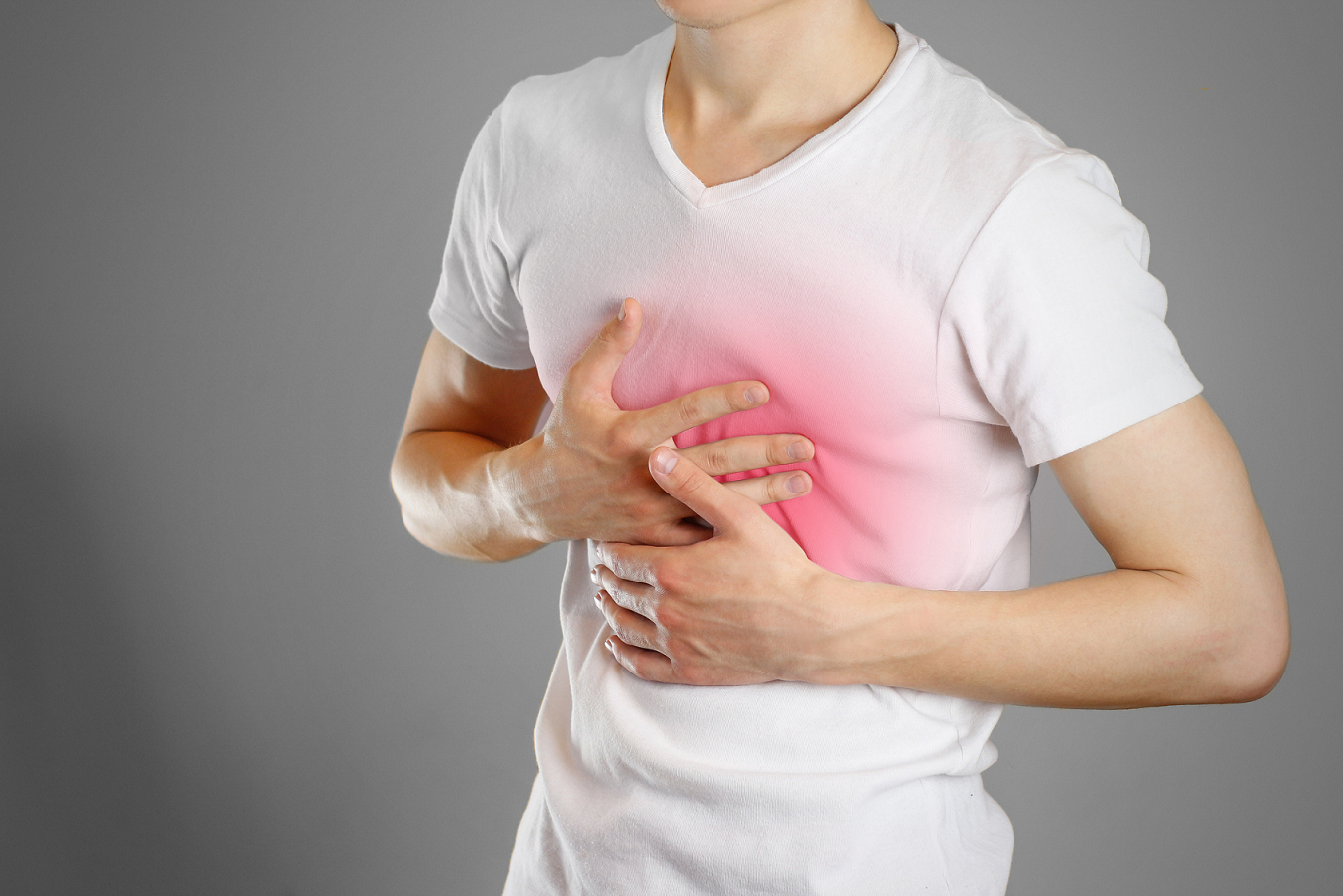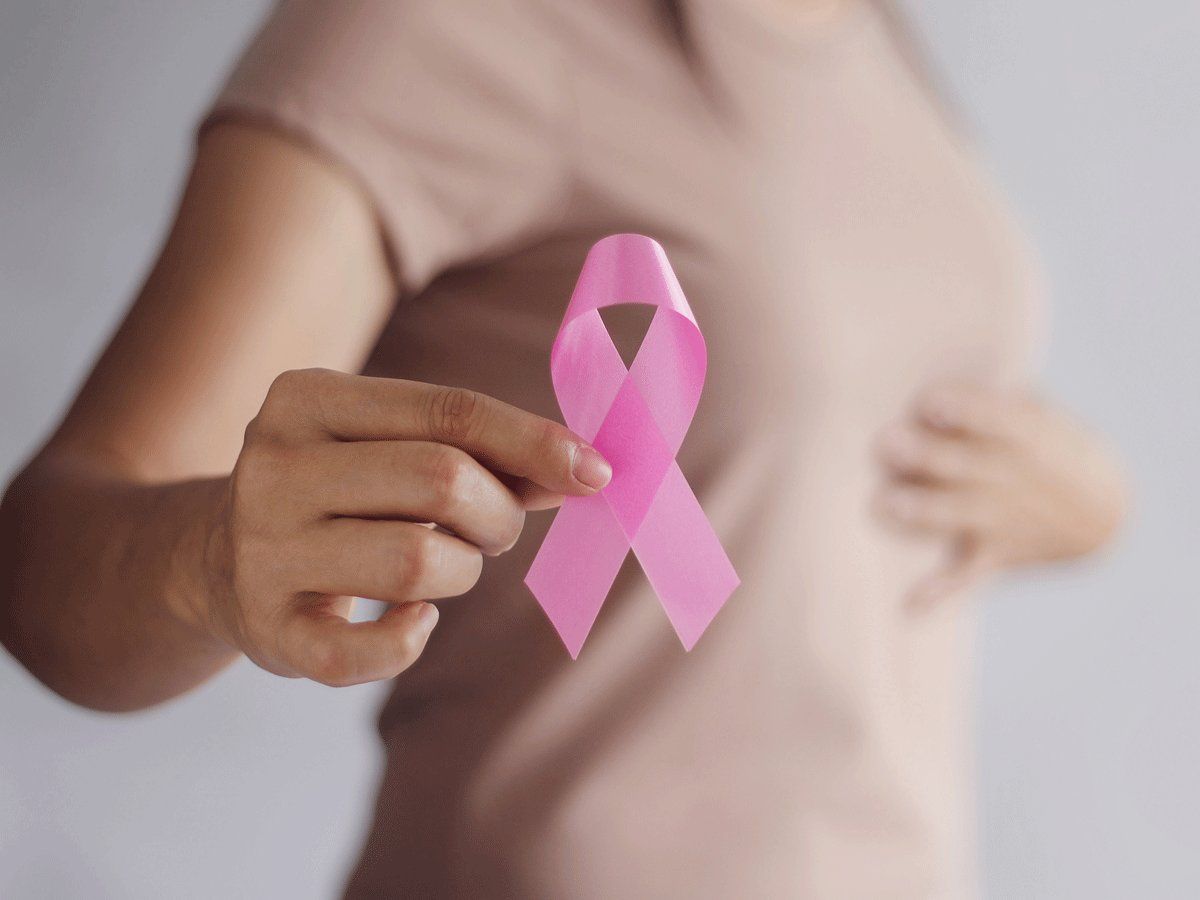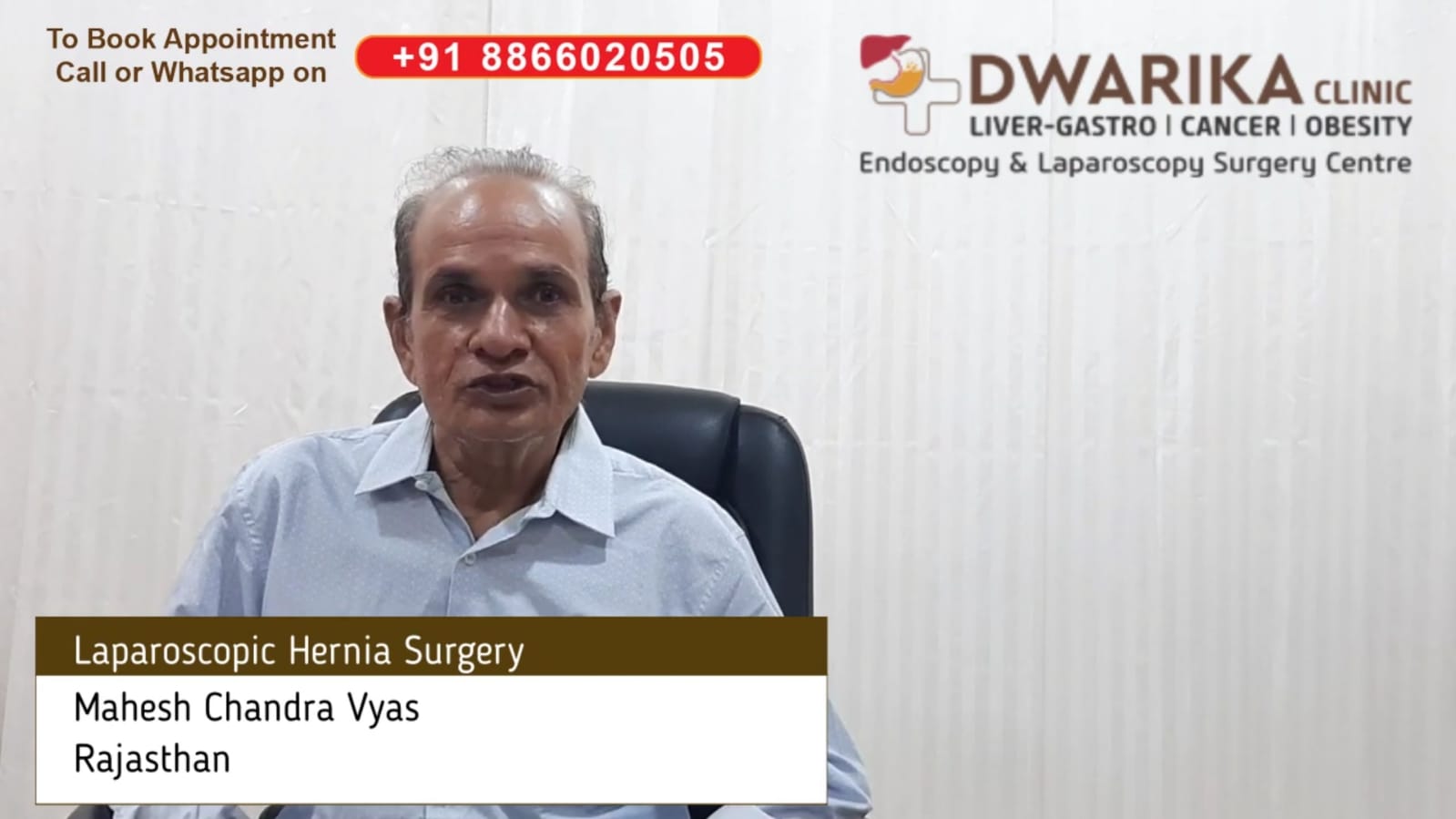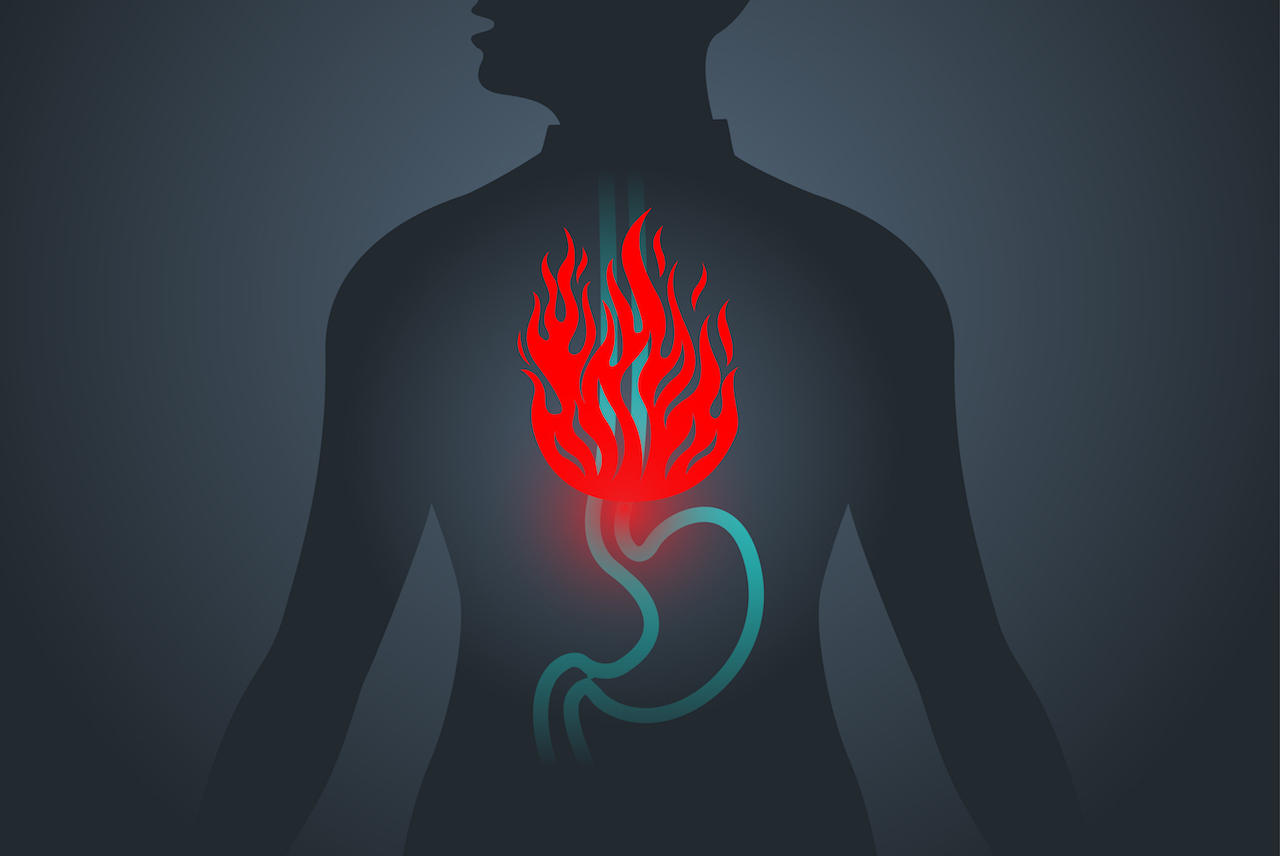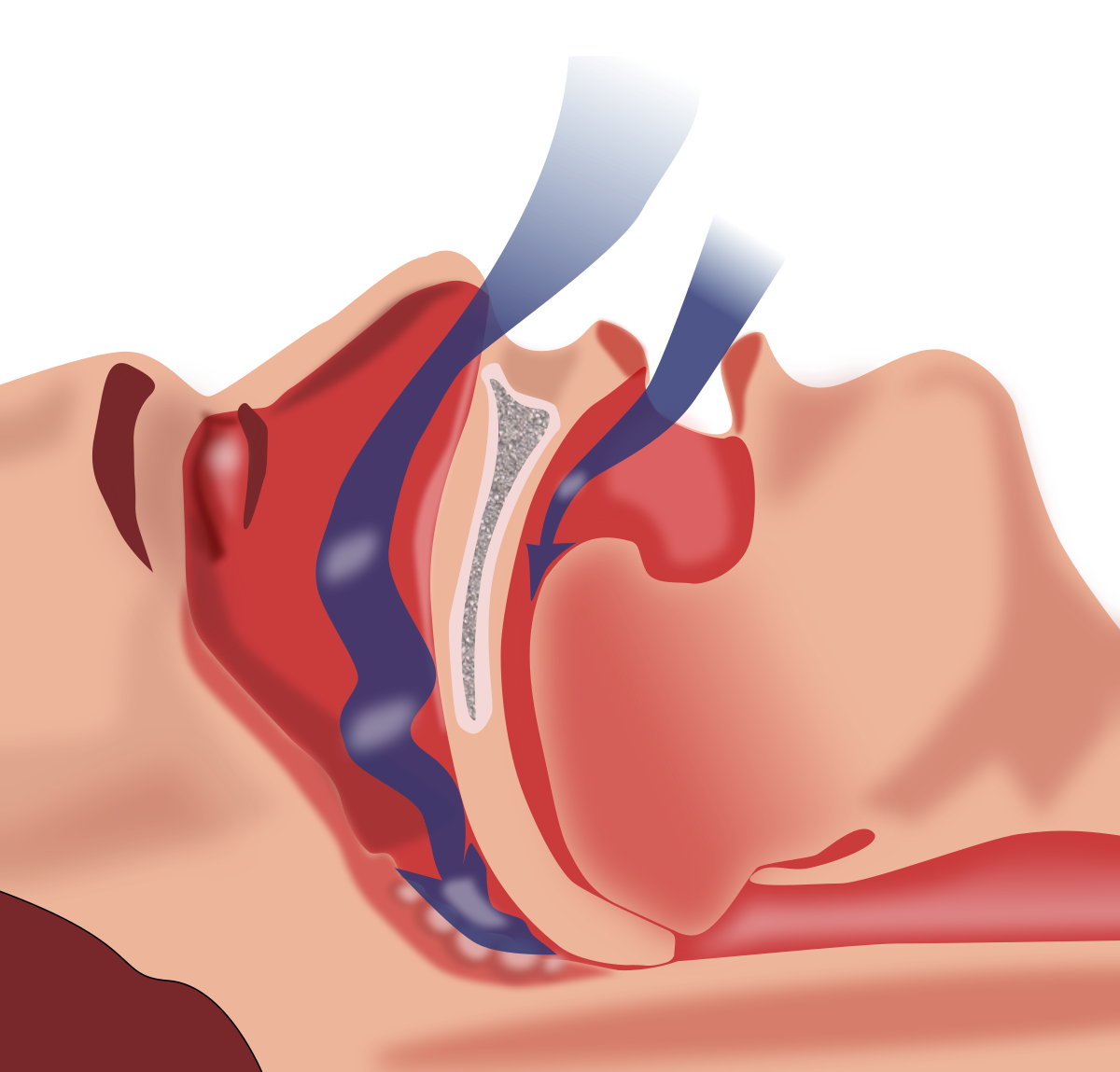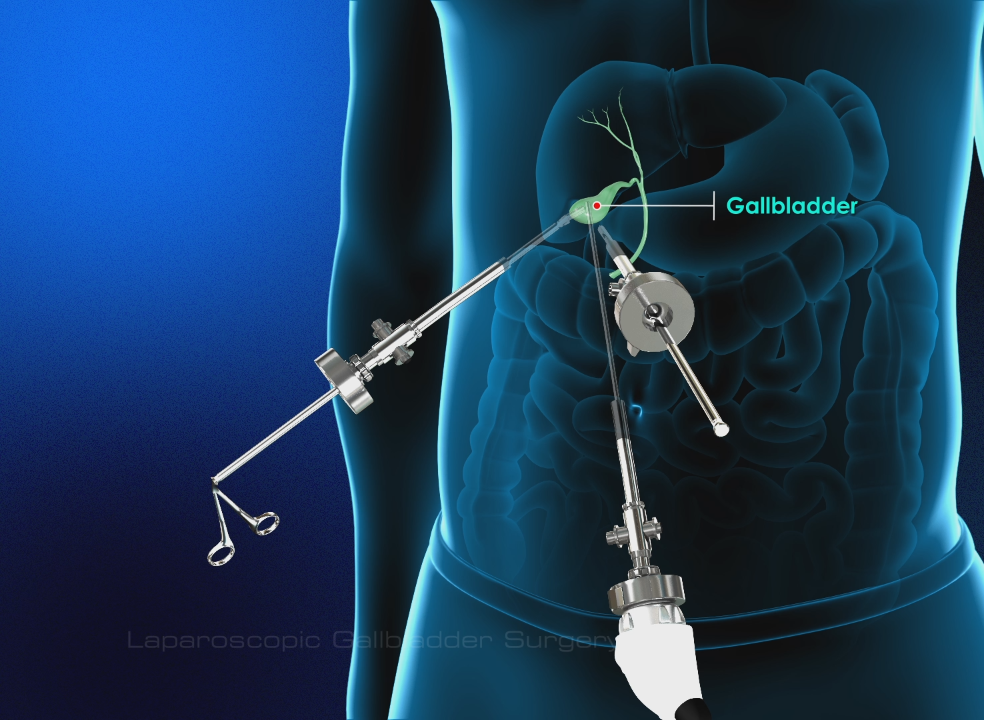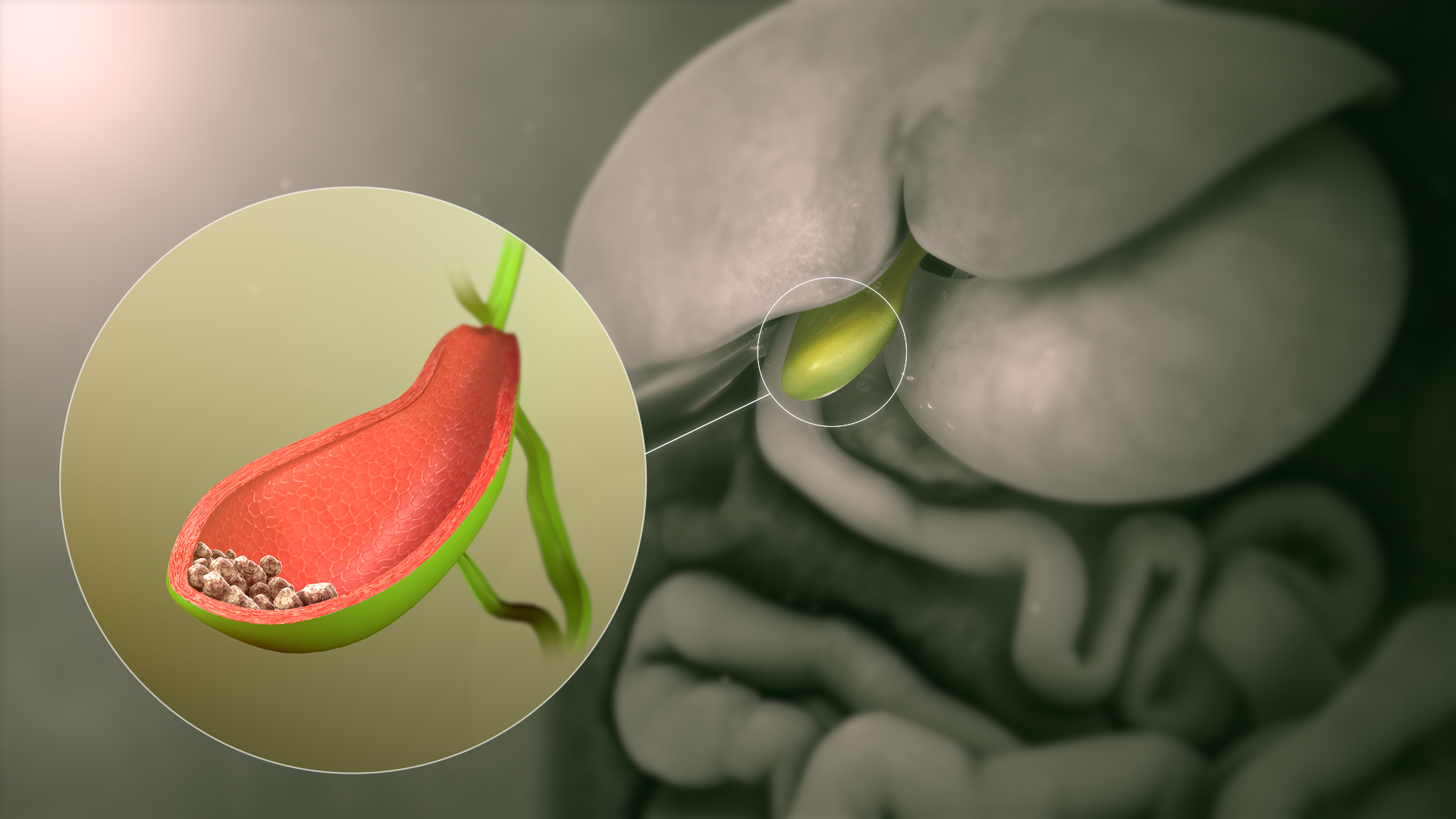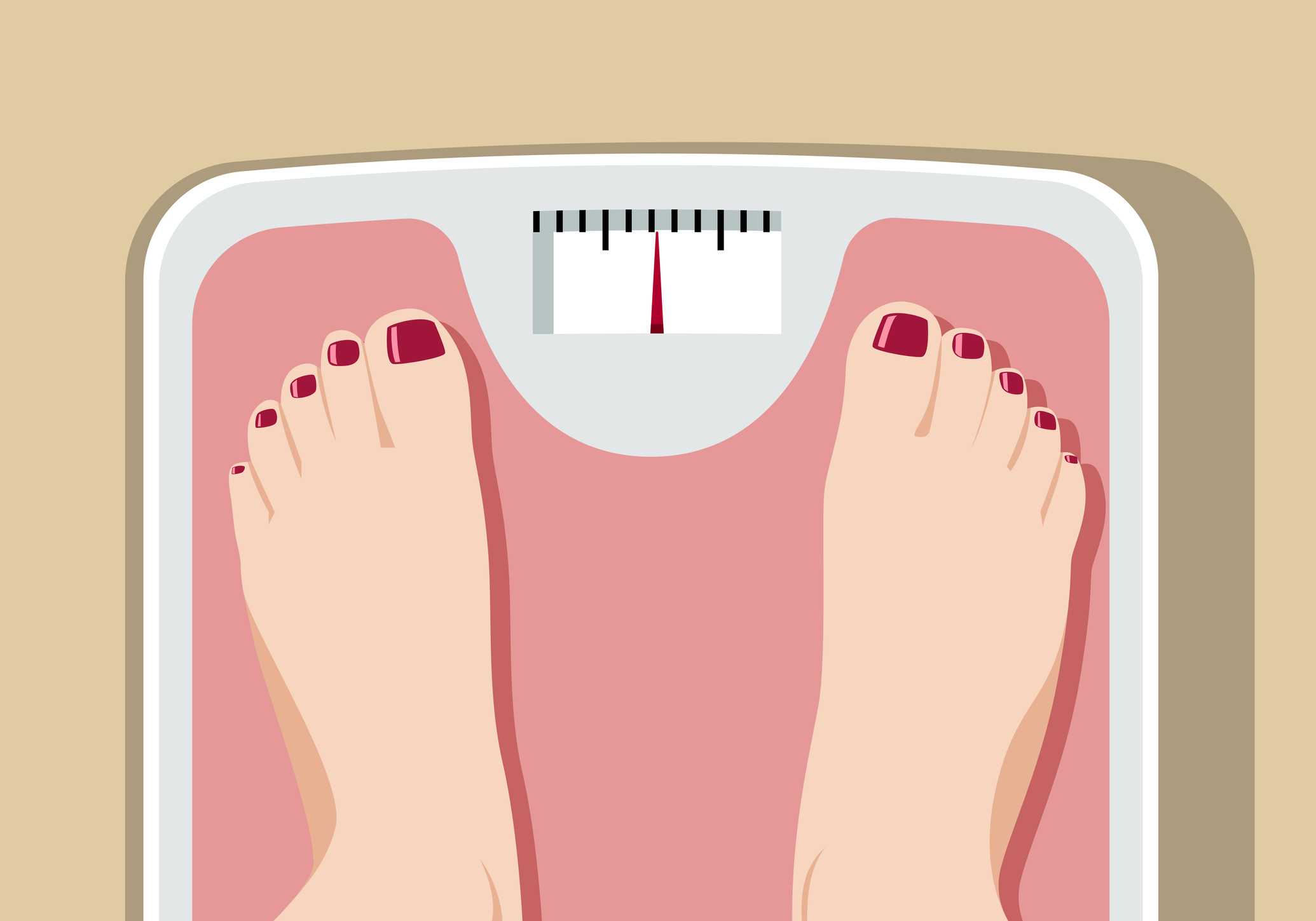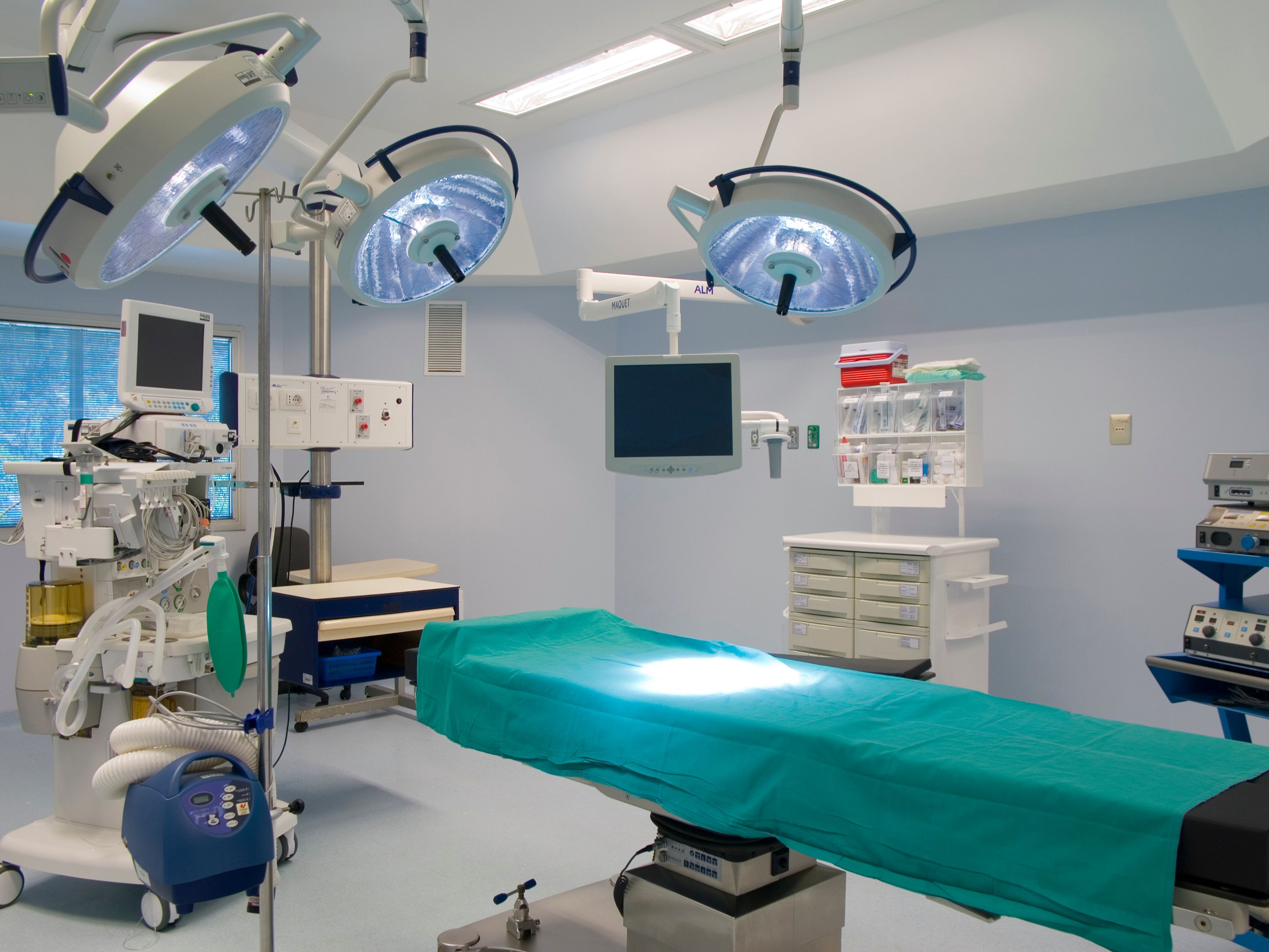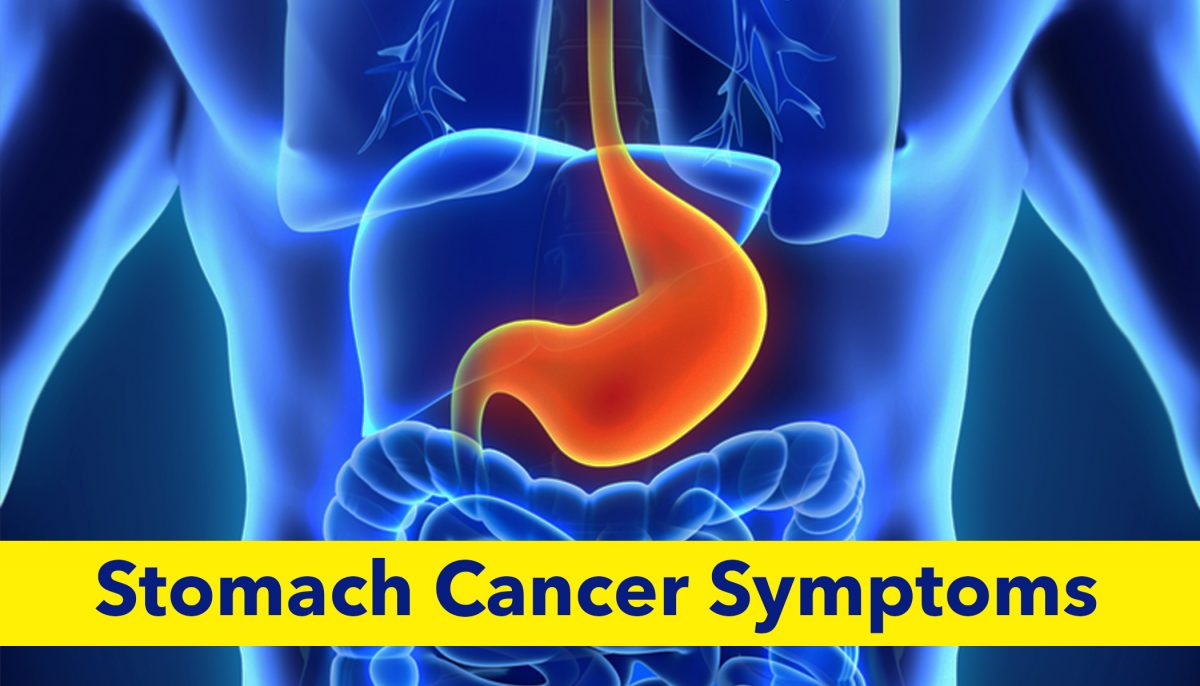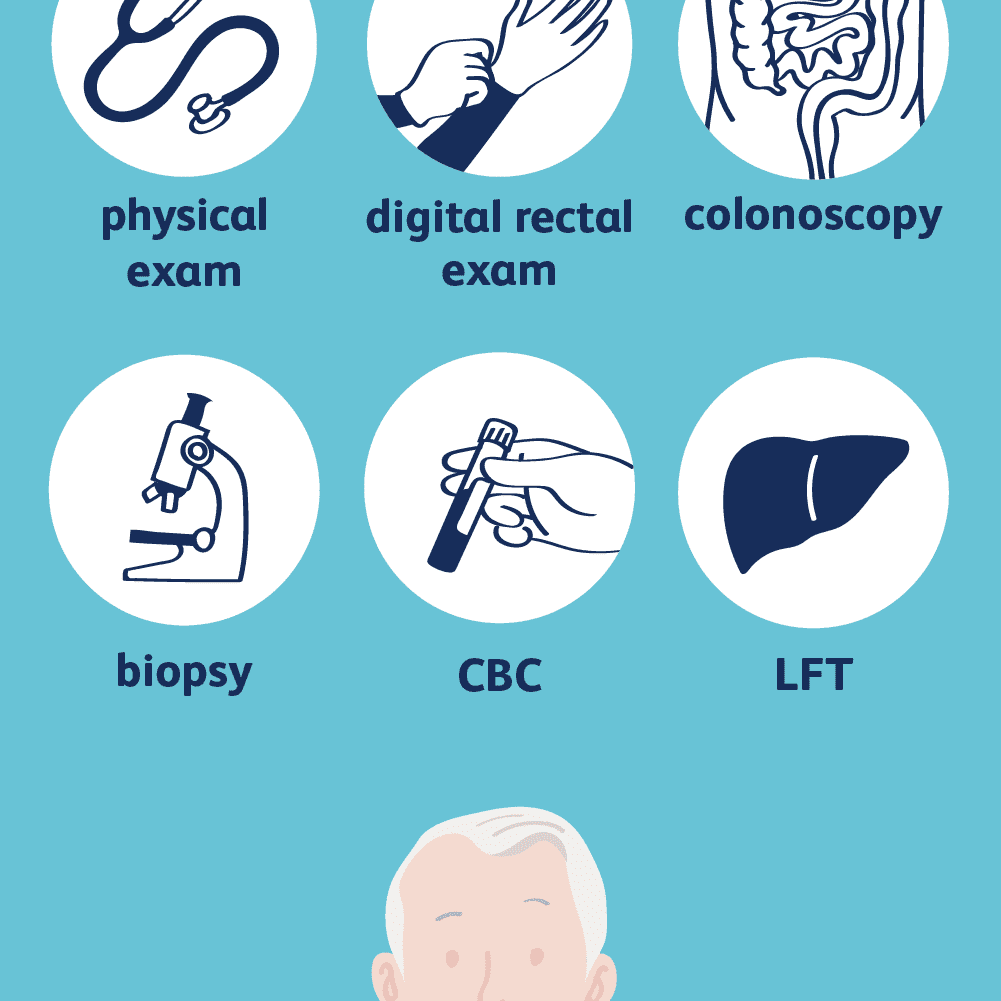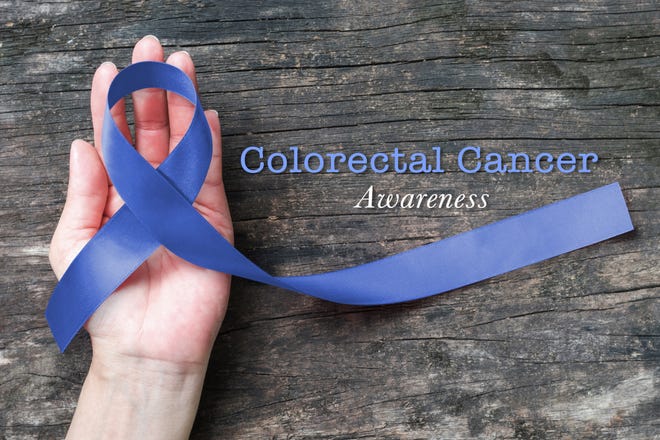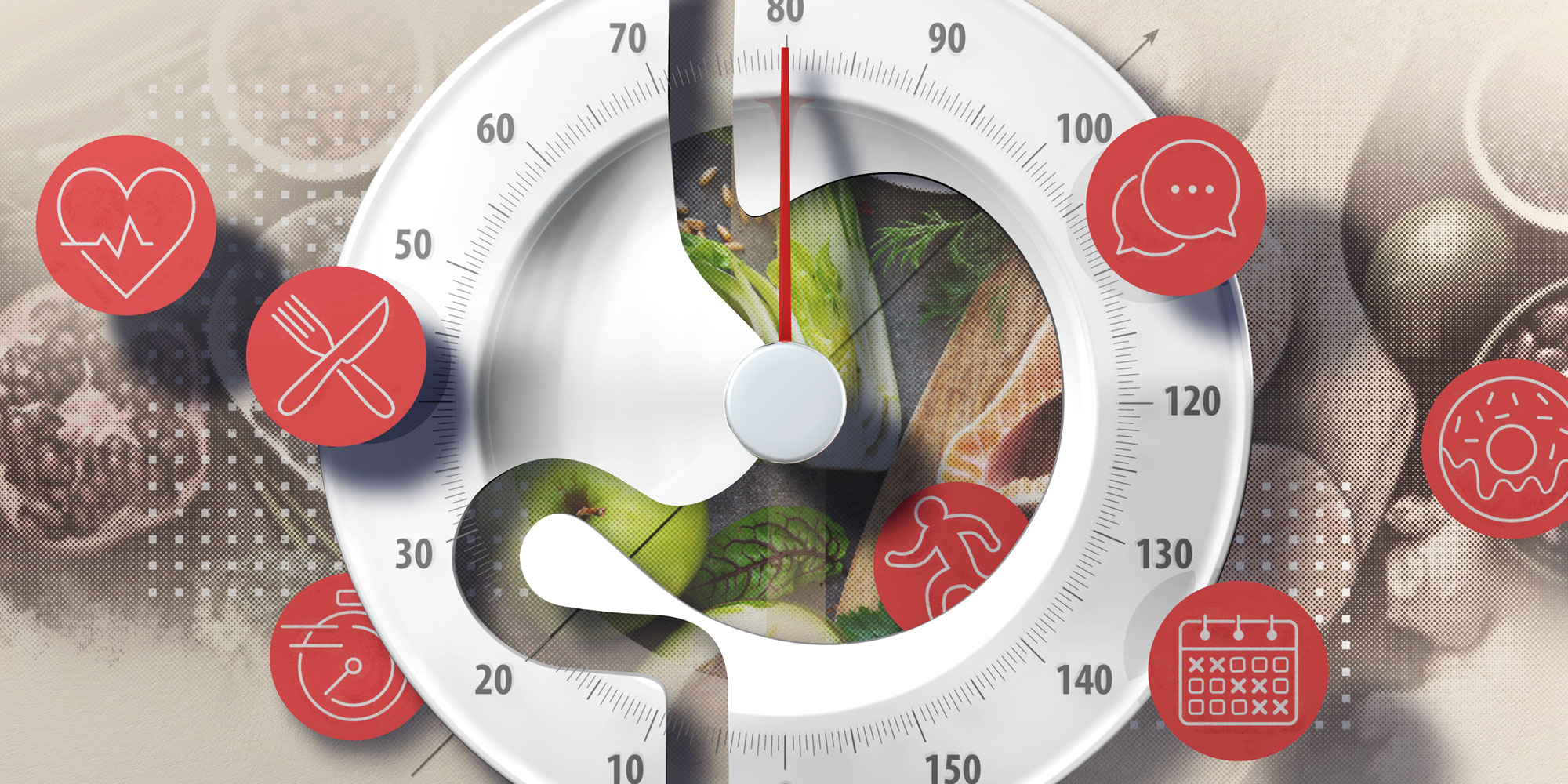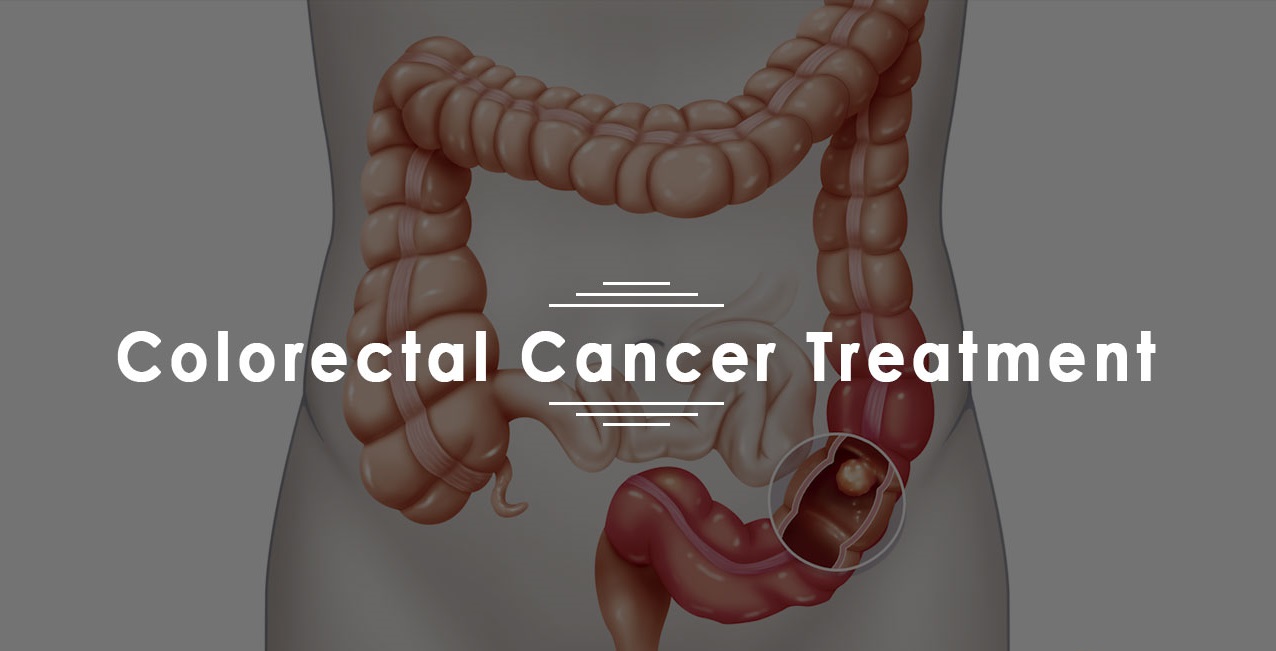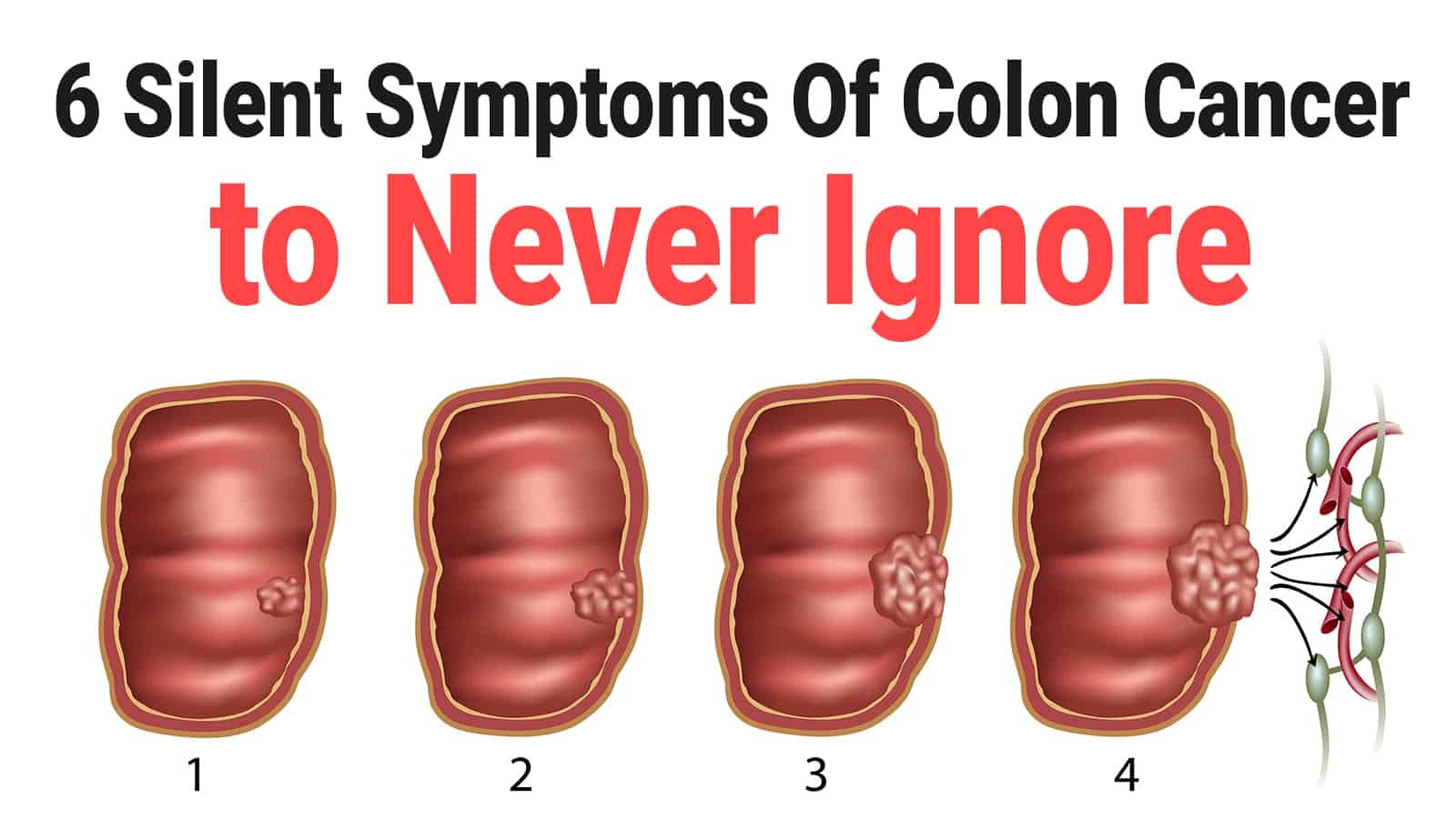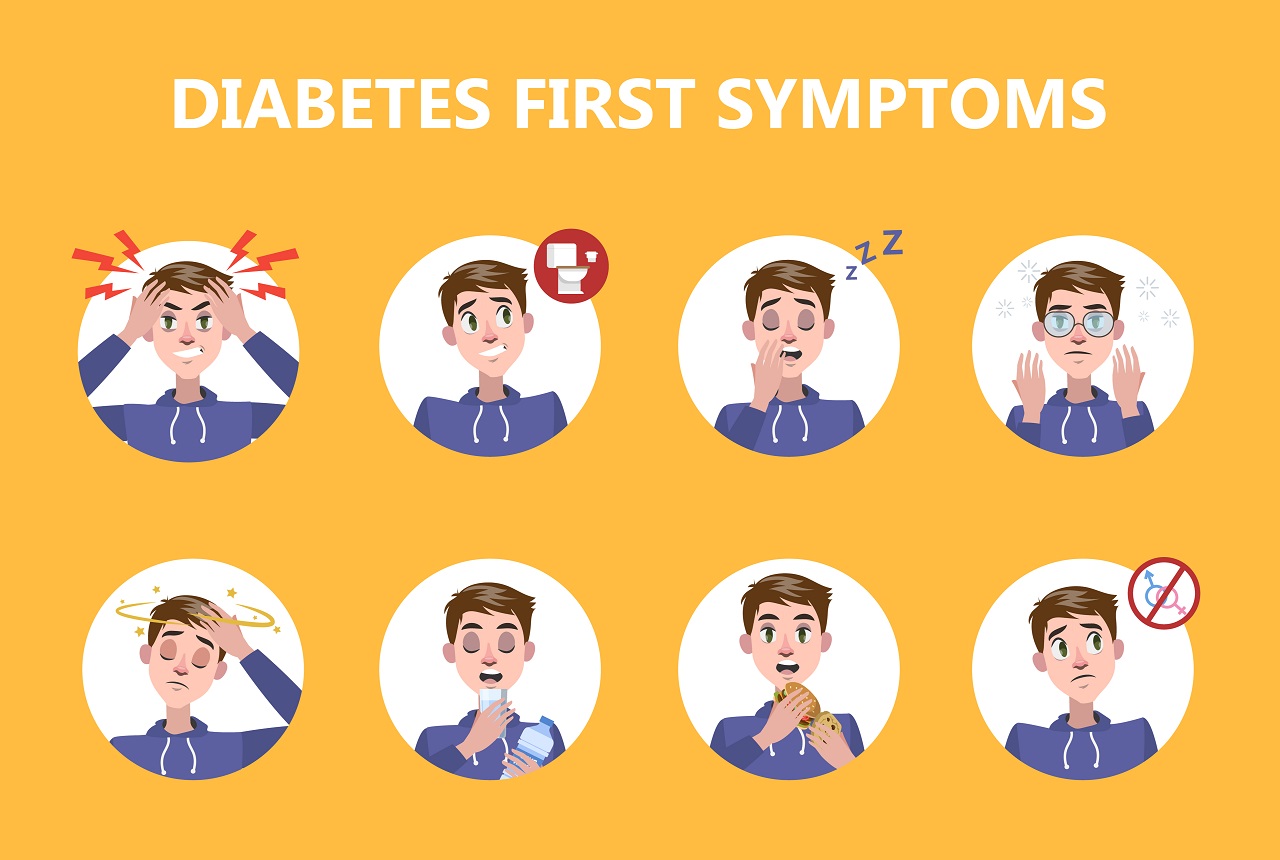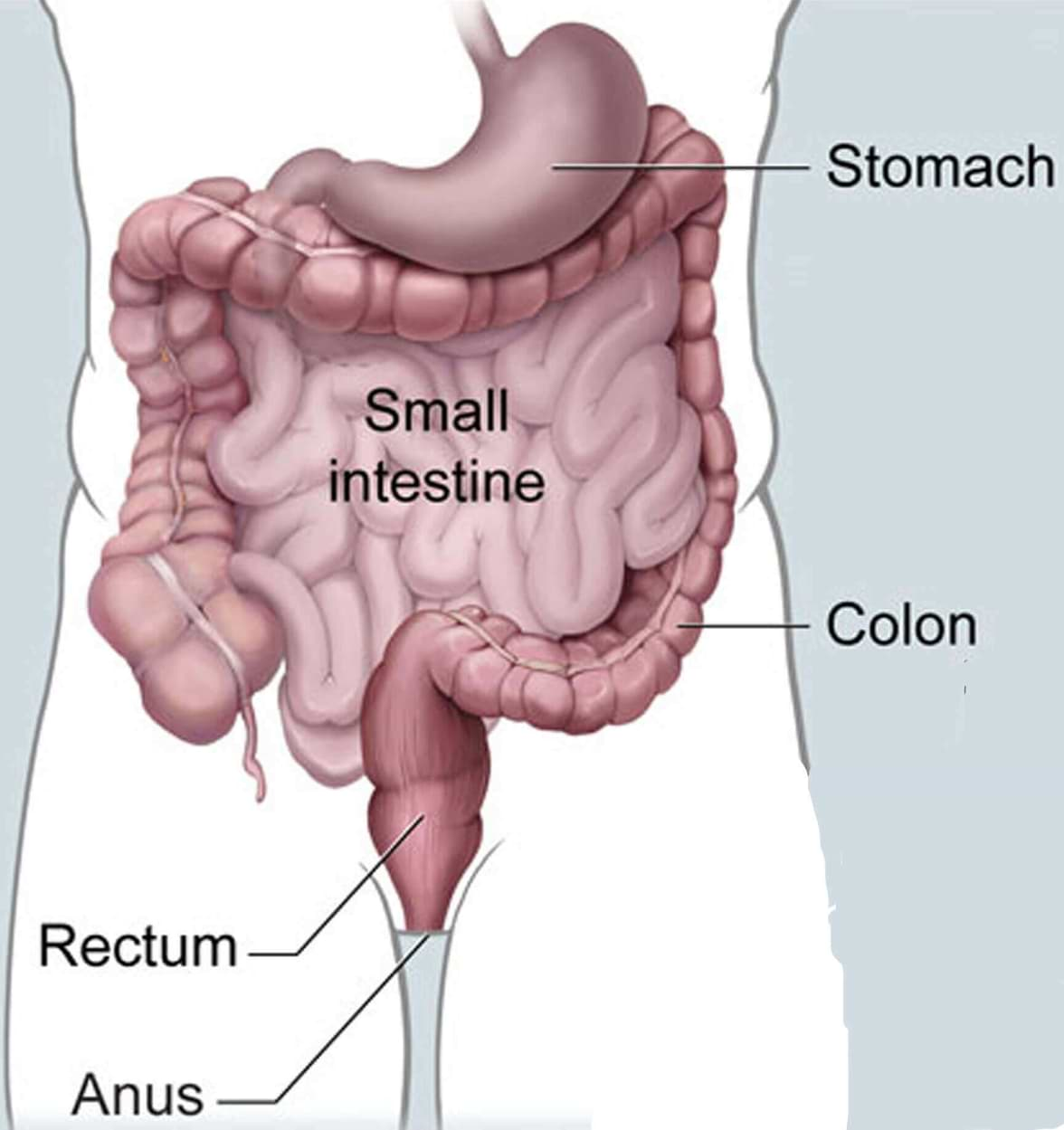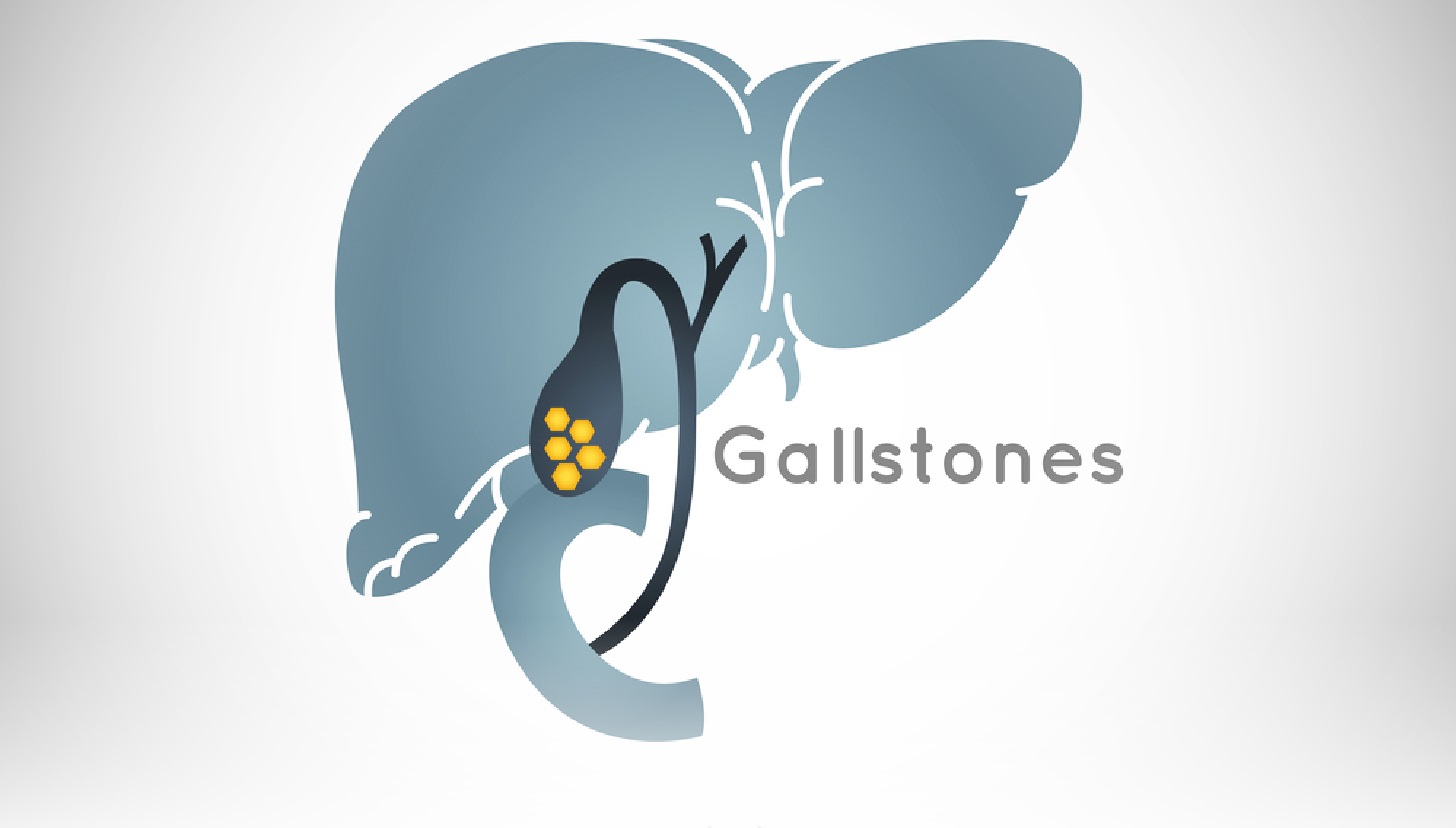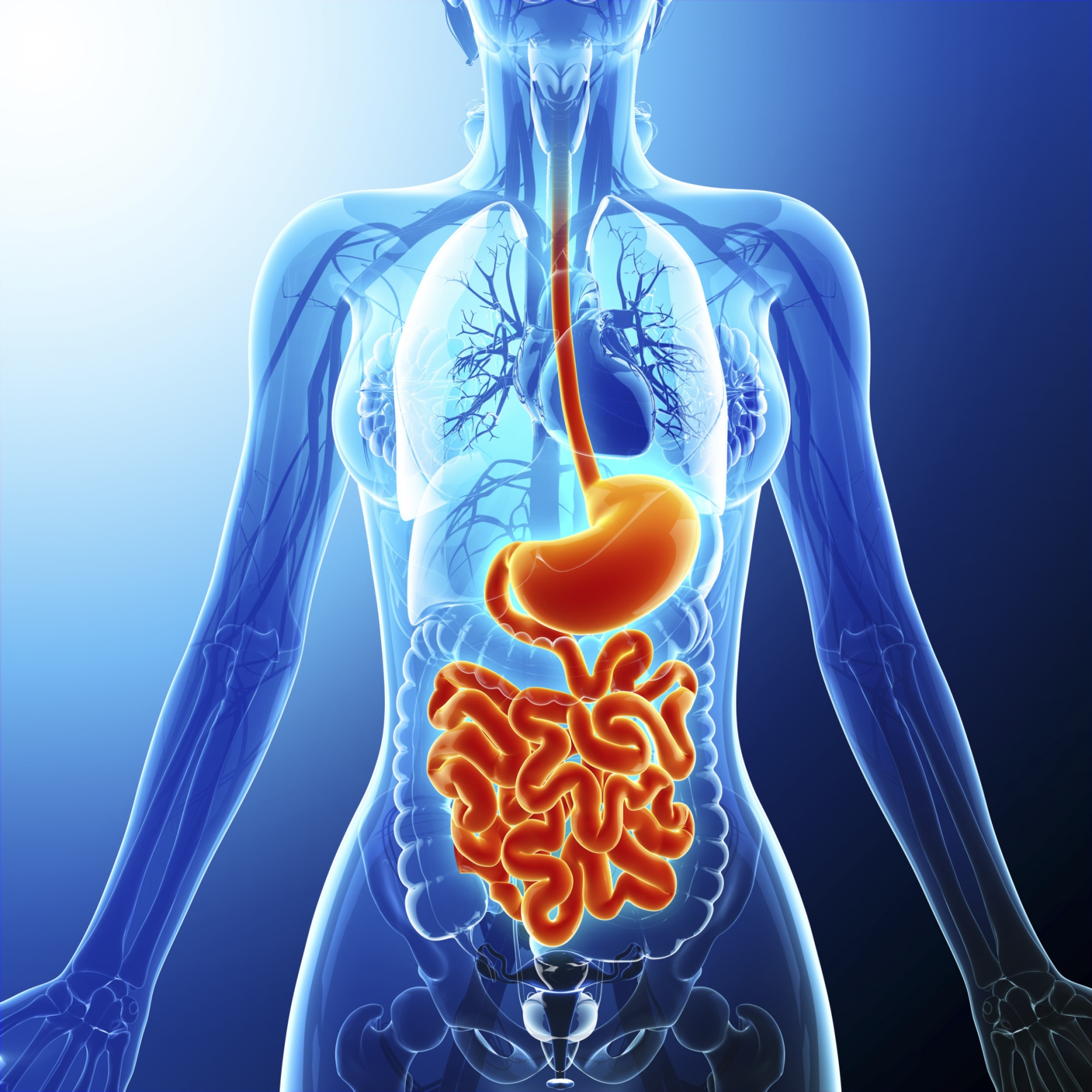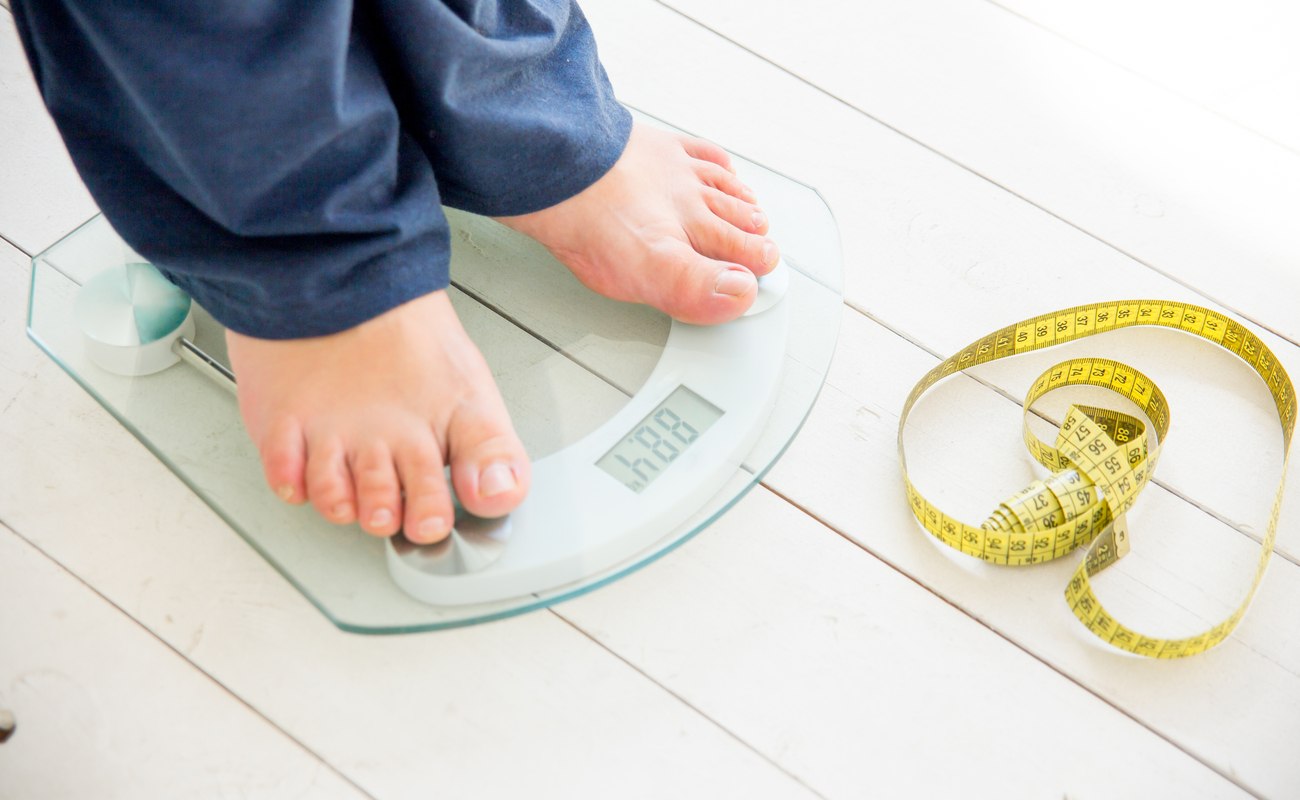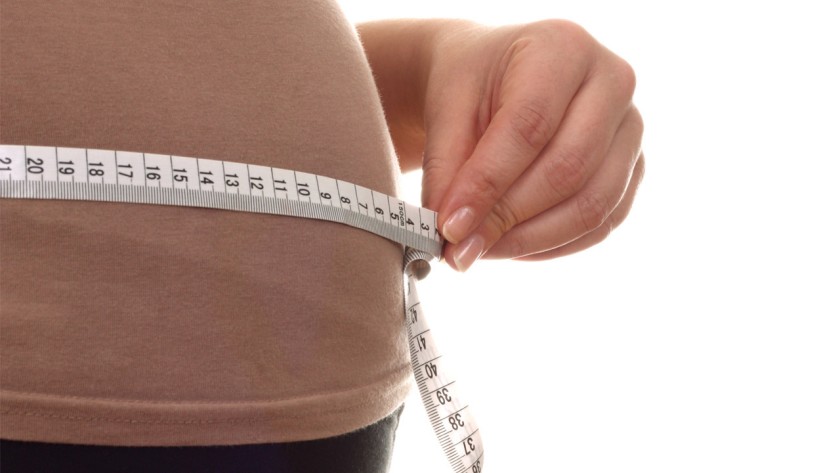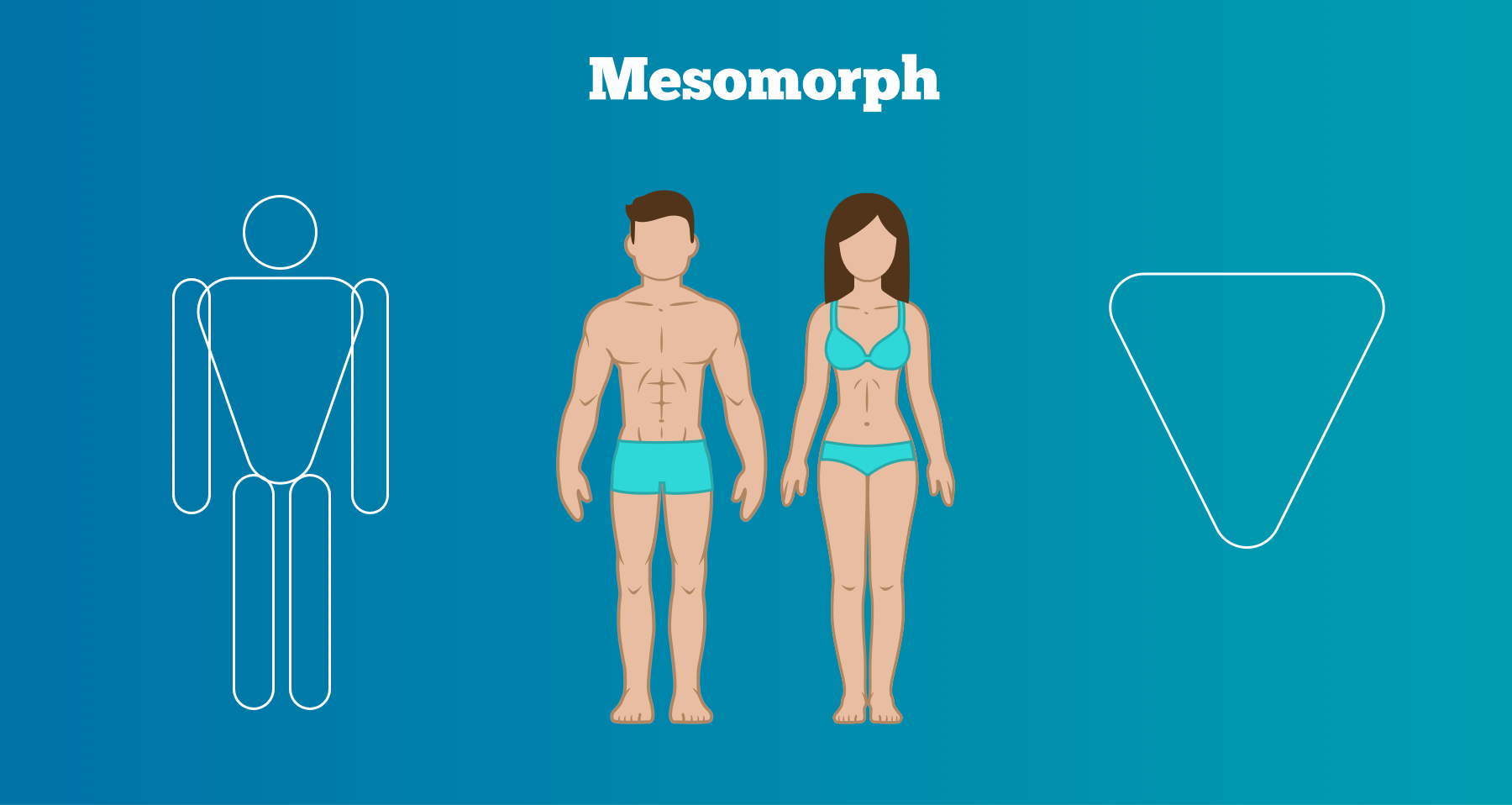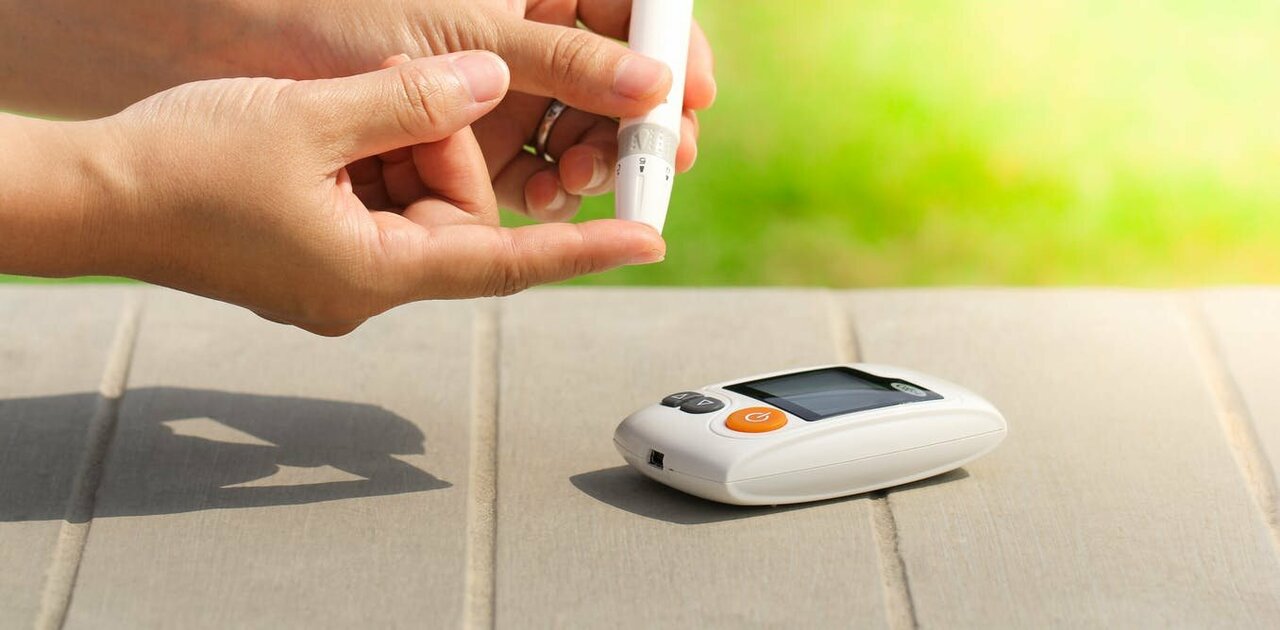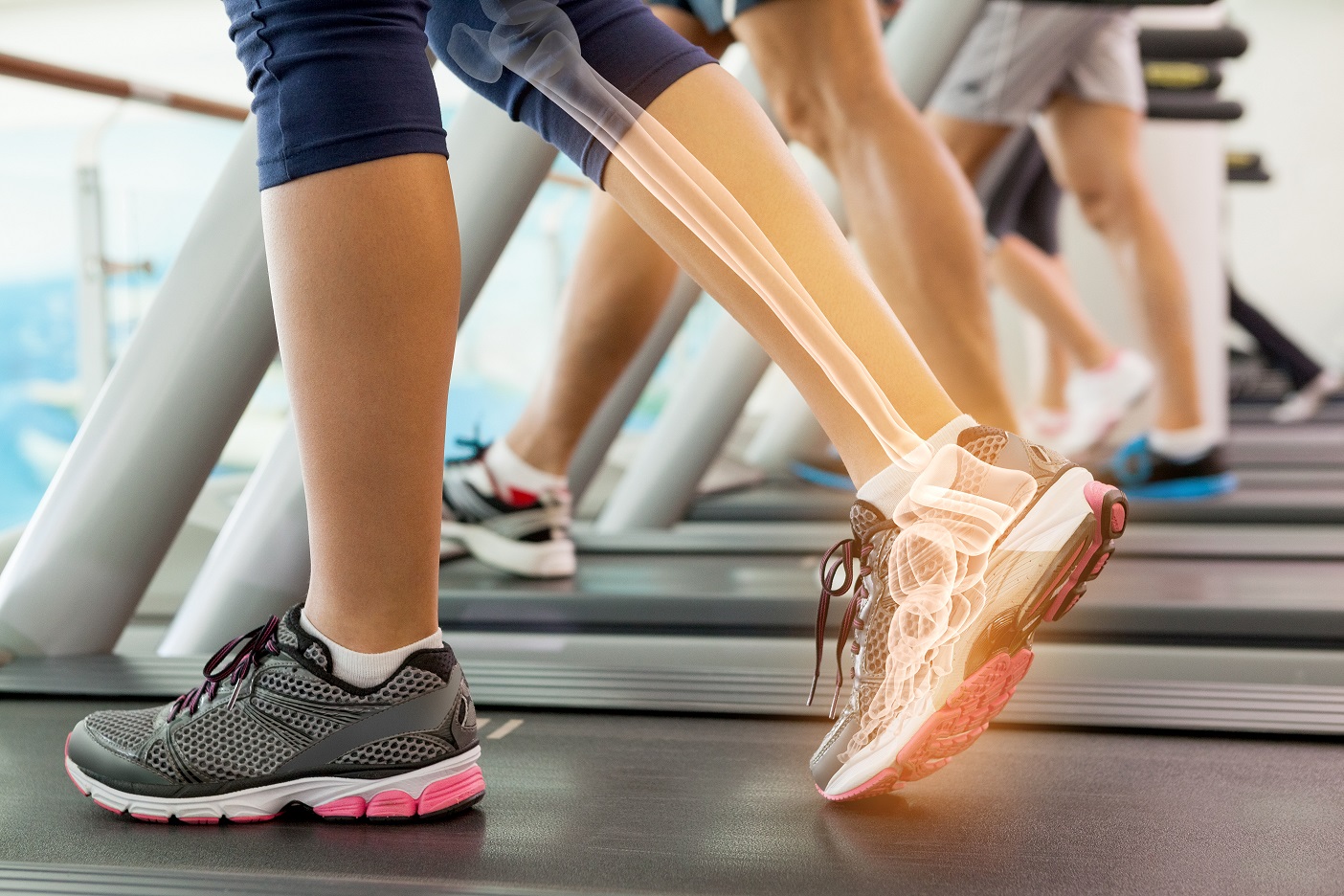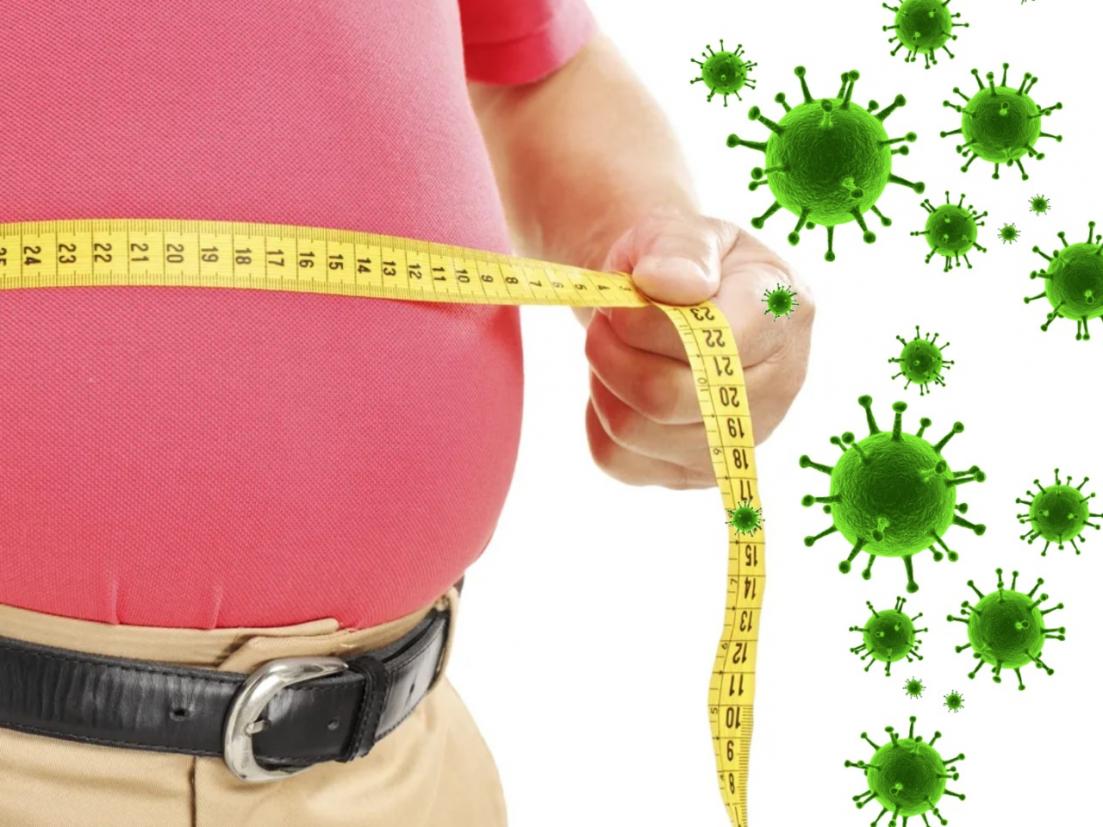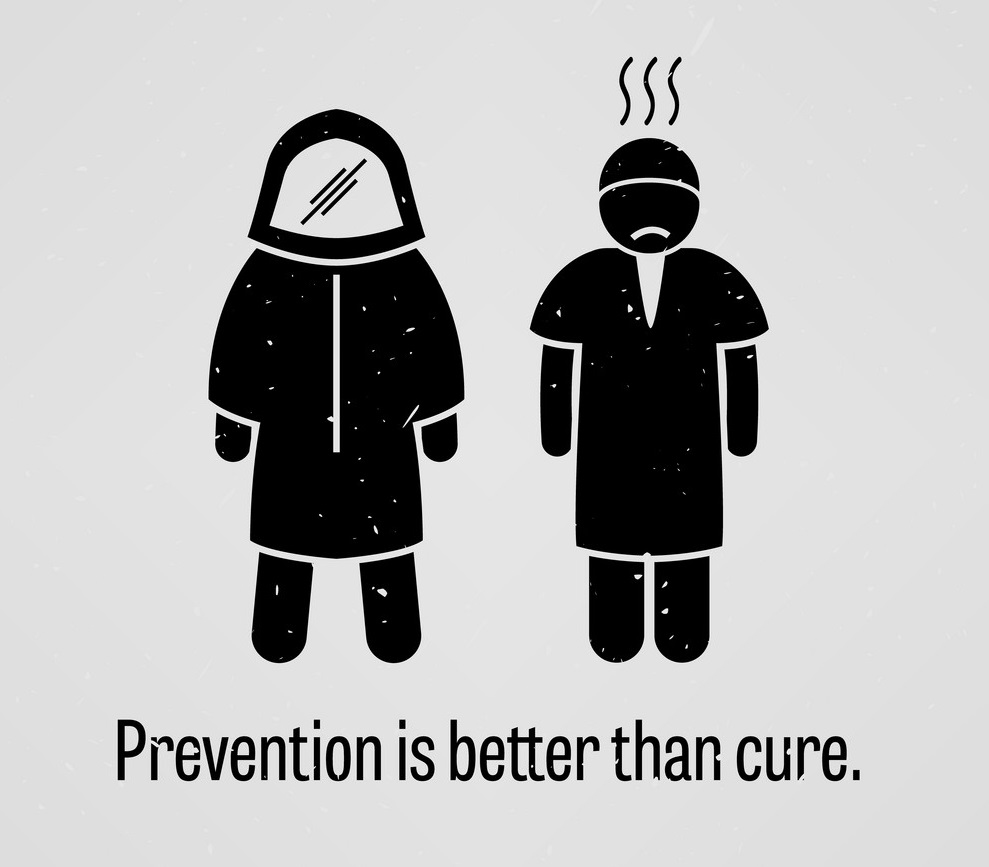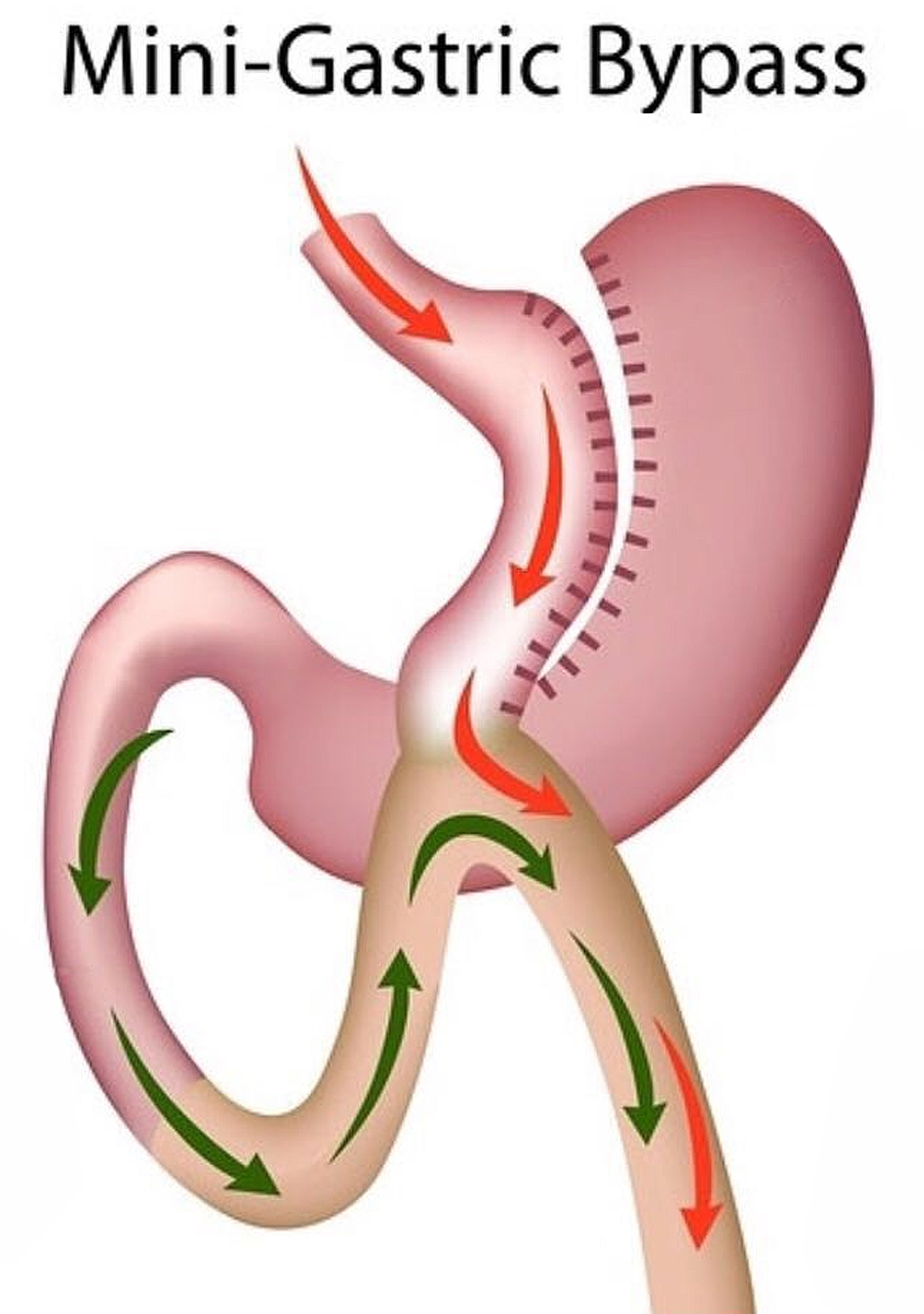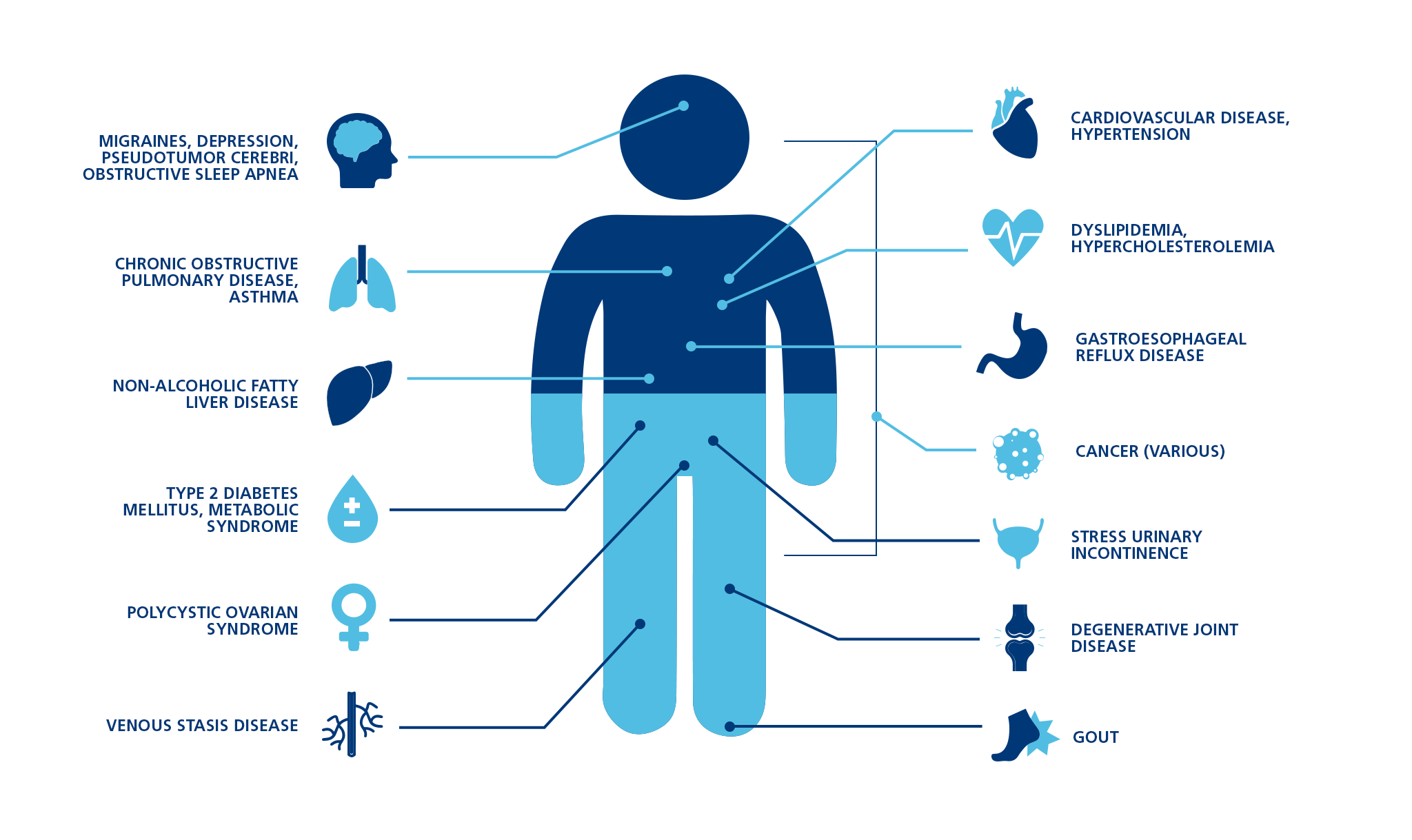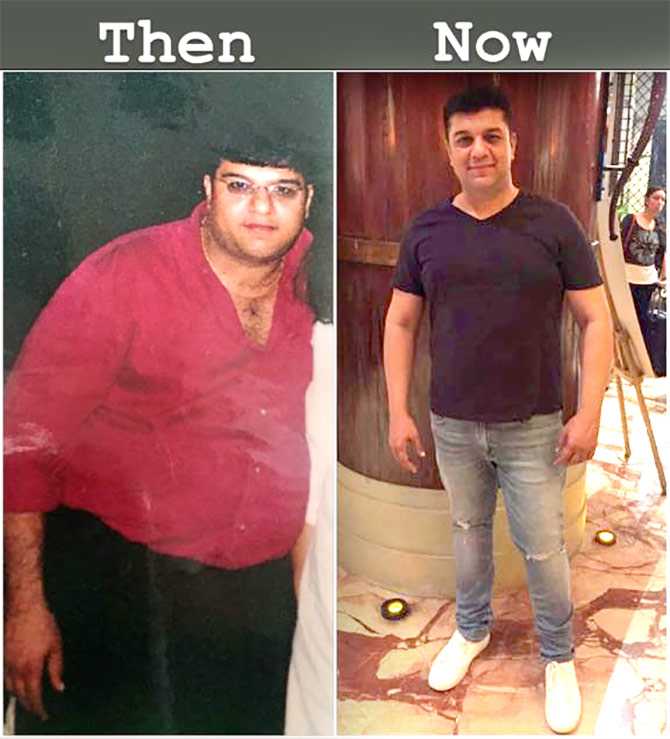Liver Cancer
Liver Cancer Postoperative Recovery and Care
Things to keep in mind while recovering from liver cancer treatment.
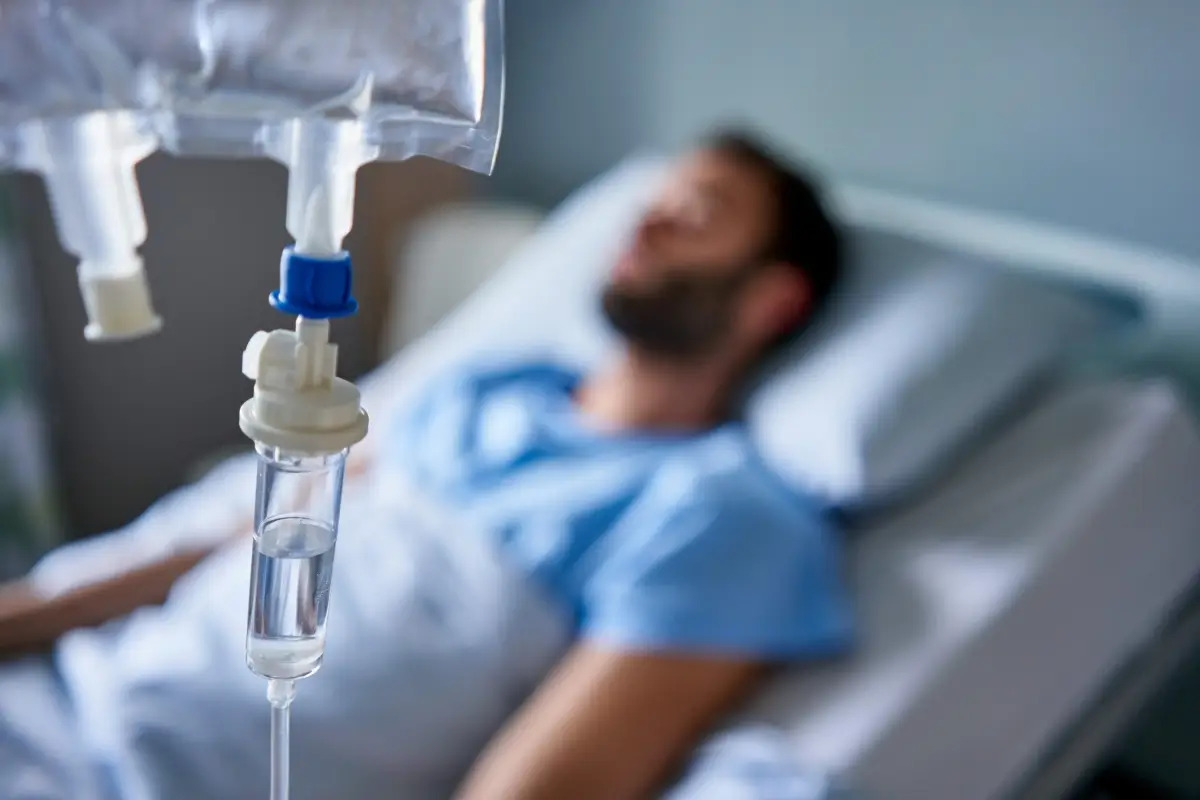
Overview
When a patient has undergone a surgery for treatment of Liver Cancer (either removing the affected part or complete liver transplant) the patient is kept in the intensive care unit or a high dependency unit for observation for a day or two.
Your surgeon and anaesthetist review you regularly and watch your progress closely.
You'll also feel drowsy because of the anaesthetic and painkillers.
Tubes and drains
After surgery, a patient has several tubes in them which can be frightening.
Here are what the tubes might be for-
- Drips to give blood transfusions and fluids usually through a vein in the neck
- Wound drains to drain any blood, bile or fluid from around the operation site
- A tube down the nose into the stomach (nasogastric tube) to drain bile and stop the patient from feeling sick
- A tube into thier bladder (catheter) to measure how much urine they pass
- A small tube into a vein or artery to check their blood pressure
- A fine tube into their back that goes into their spinal fluid (epidural) to help relieve pain
- A patient may also have an oxygen mask on.
- Electronic pumps may control any medicines they have through their drip.
Surgery wound
After surgery, the wound is dressed and stays in place for a couple of days. The nurses clean the wound and put a new dressing on regularly.
The wound drains stay in until they stop draining fluid. The nurses measure the amount of fluid in the drains. The drains usually stay in for about a week, but it might be longer.
The wound stitches or clips are taken out after about 10 days. Some wounds are closed with stitches that dissolve and don't need to be removed.
Painkillers
It’s normal to have pain for the first week or so and the doctors prescribe painkillers to help.
A patient must tell their doctor or nurse as soon as they feel any pain so that they might give the right type and dose of painkiller. Painkillers work best when taken regularly.
Immediately after surgery the painkillers might be given through a drip into the bloodstream that you control. This is called patient controlled analgesia (PCA). Analgesia is another word for painkillers.
Or the patient might be given painkillers through a small thin tube that is put into their back. This tube is connected to a pump that gives a constant dose of painkillers. This is called an epidural.
A patient is also prescribed painkillers to take home along with instructions about how often and when to take them. If faced with any discomfort or if the pain gets worse, one must immediately contact their doctor.
Eating and drinking
A patient will be able to drink as soon as they wake up and feel able to. Most people start to eat the day after their operation but it depends on how they feel. Their nurse or dietitian might give them nutrition drinks to help until they are able to eat normally.
A patient might have a tube down thier nose and into their stomach called a nasogastric tube. This drains fluid from the stomach and helps to stop a patient from feeling sick. The nurse will remove the tube once they are eating and drinking normally.
Getting up
As soon as a patient is able to, they are asked to move around a bit daily and do some breathing and leg exercises. This helps in recovery.
The patient might be sitting in a chair within 12 hours after surgery . The day after, they might be walking around their bed. And within a few days they will be able to walk along the hospital corridor.
Making progress
During the first few days after their operation, the patient will start to feel better. The drips and drains will come out, they will start eating and can move about better.
They will begin to feel like they are making progress.
Going home
Once a patient is eating and walking, all tube/drains placed during surgery are removed, the patient is ready to go home. Before leaving for home the health care team shall give detailed guidance regarding diet, activities, medications & further plan of treatment.
At any stage if there is any problem, a patient must never hesitate to contact their doctor.

